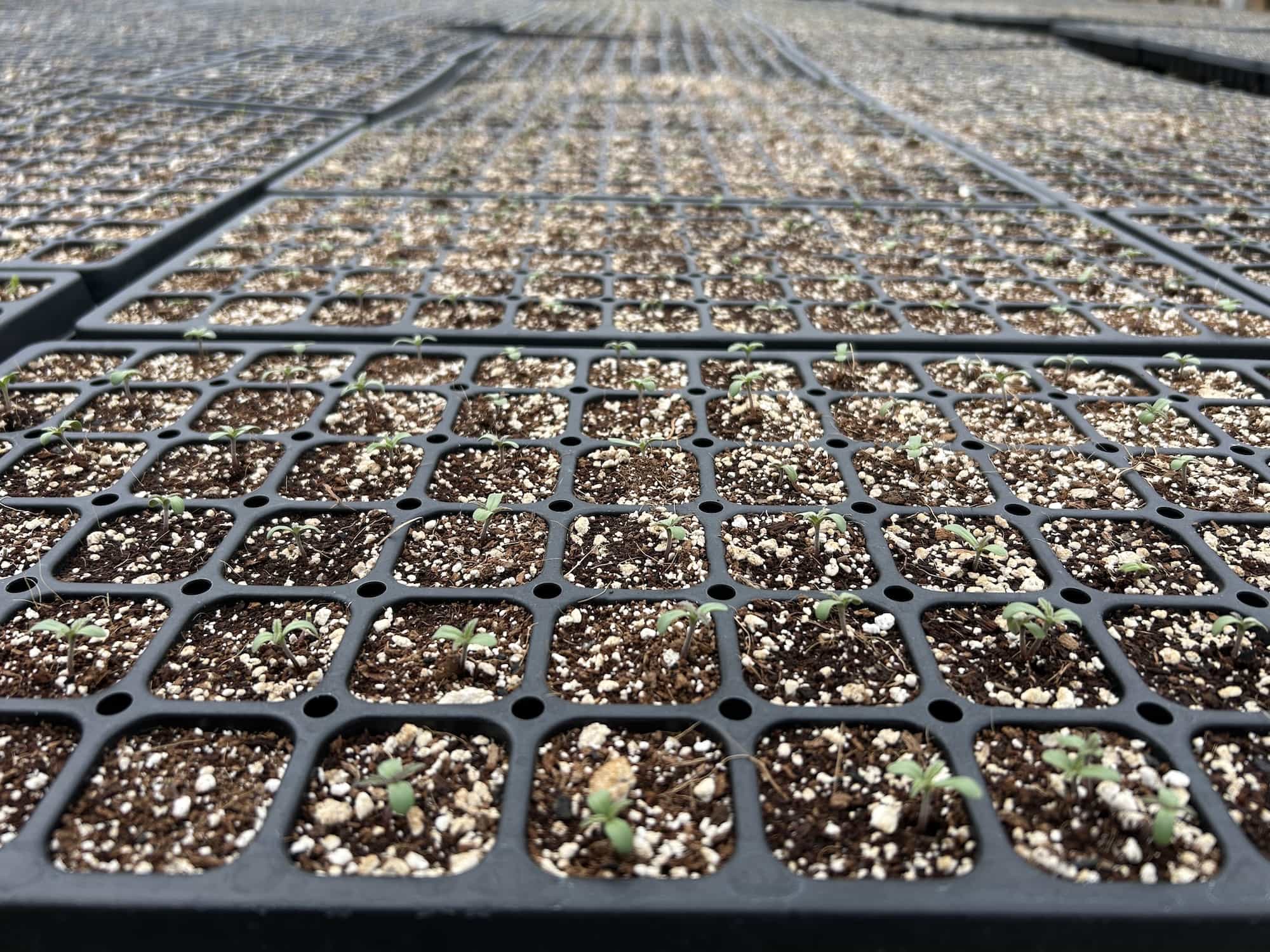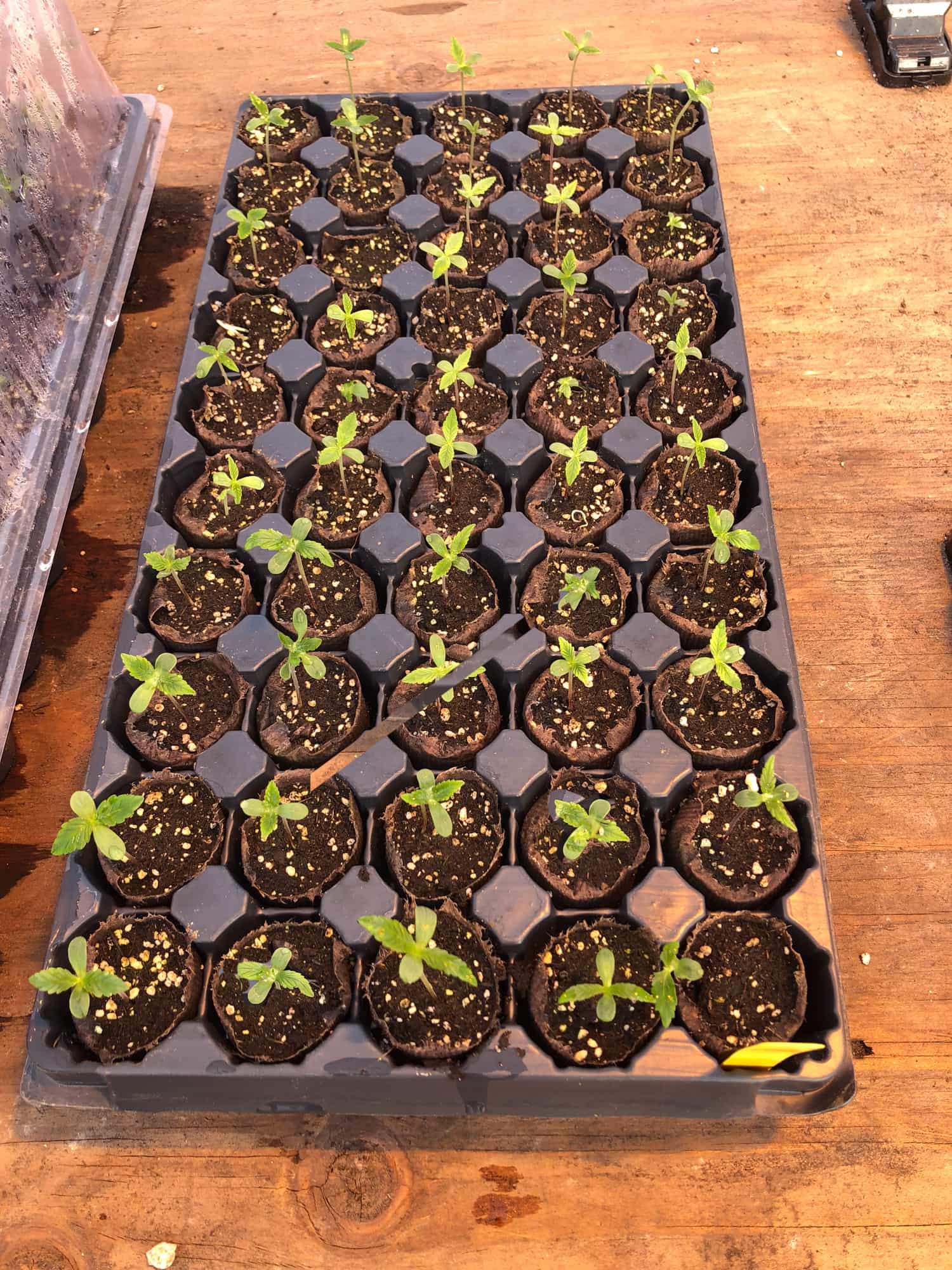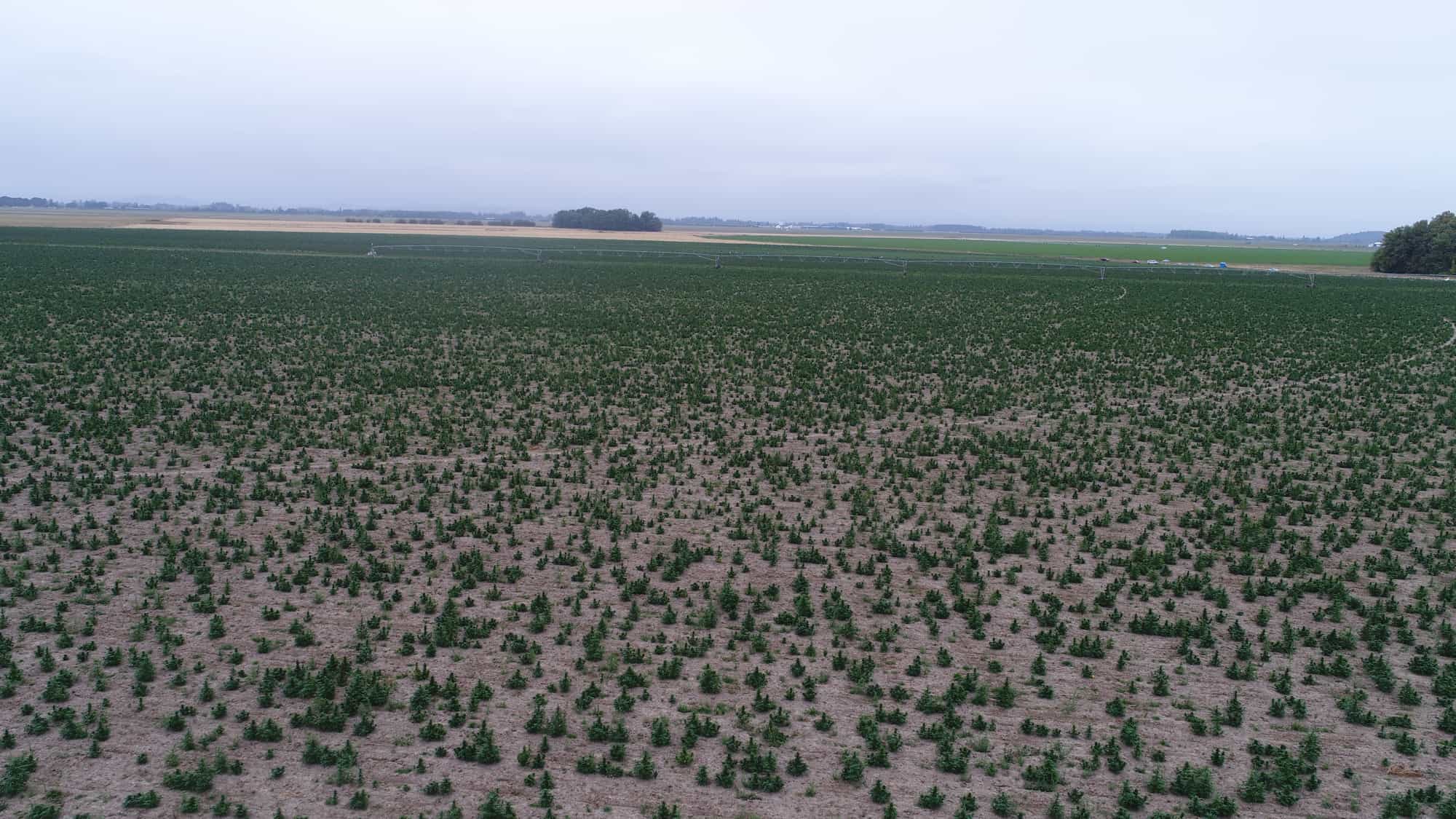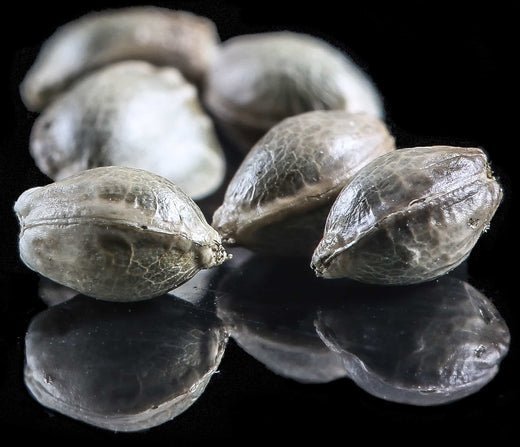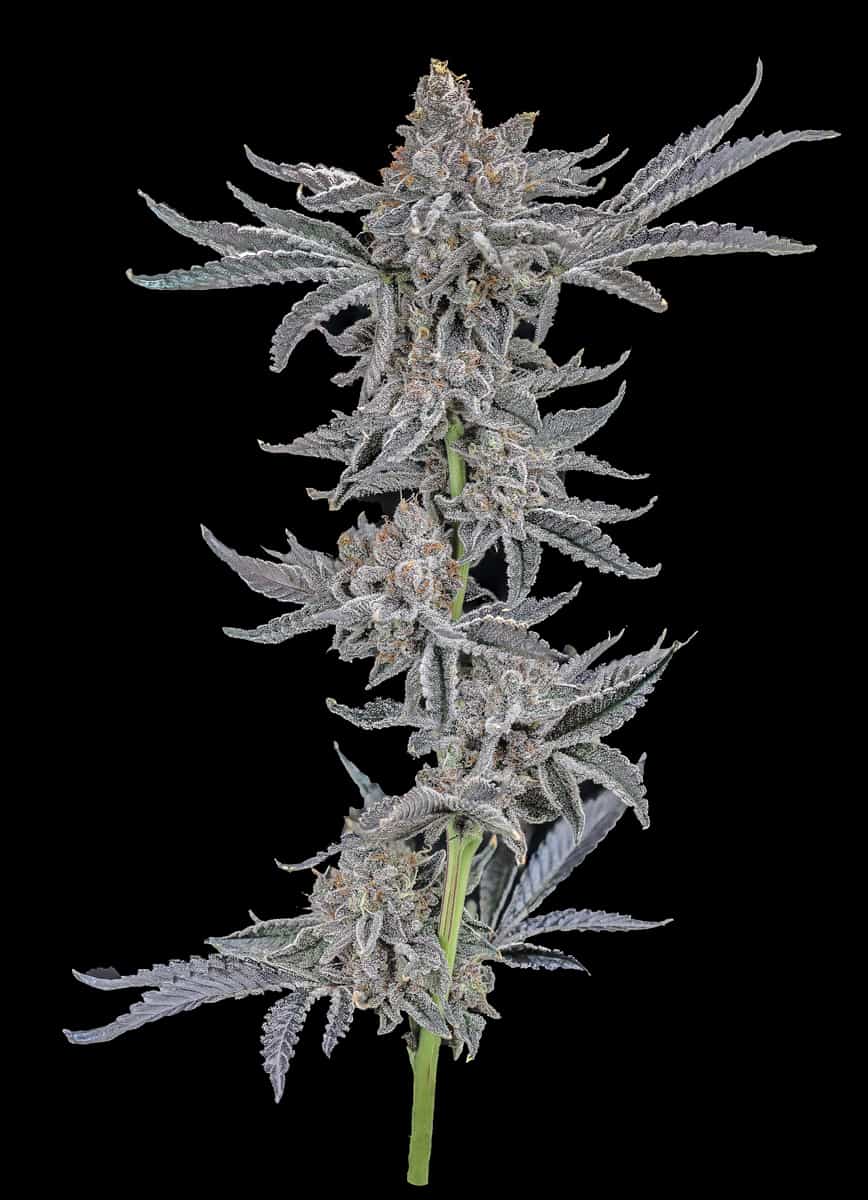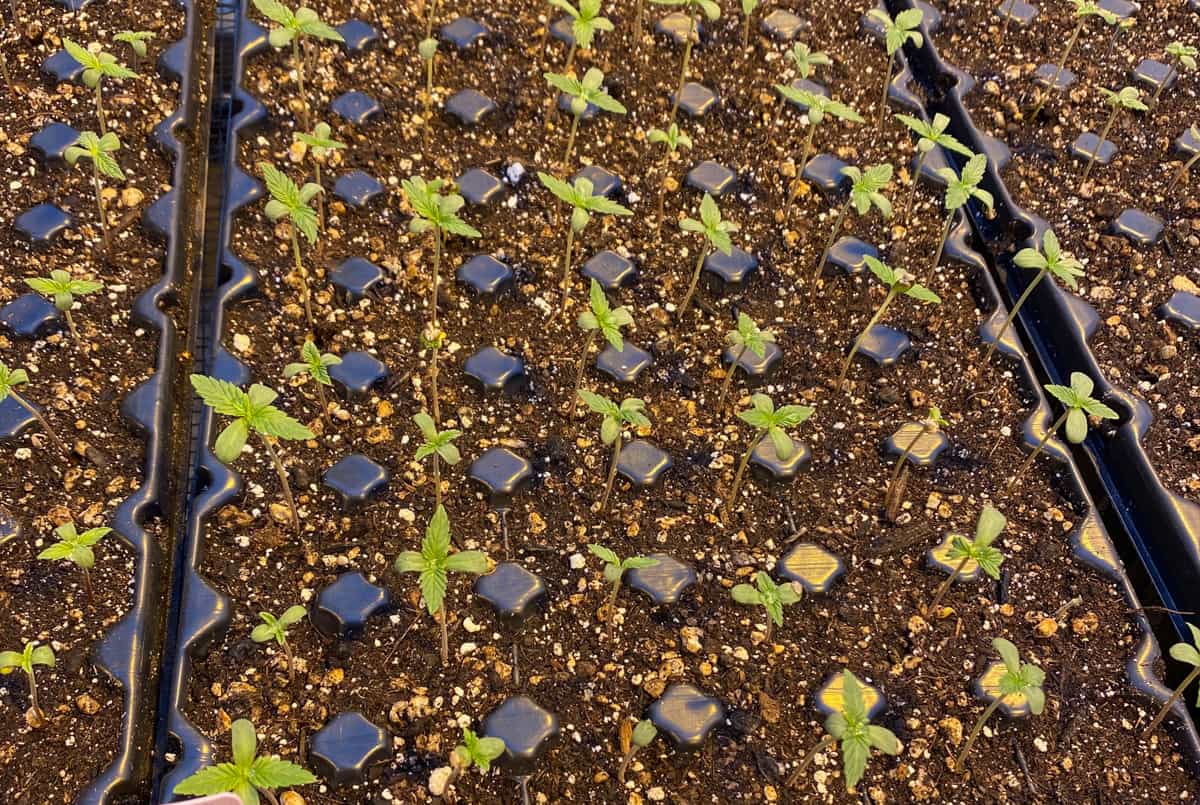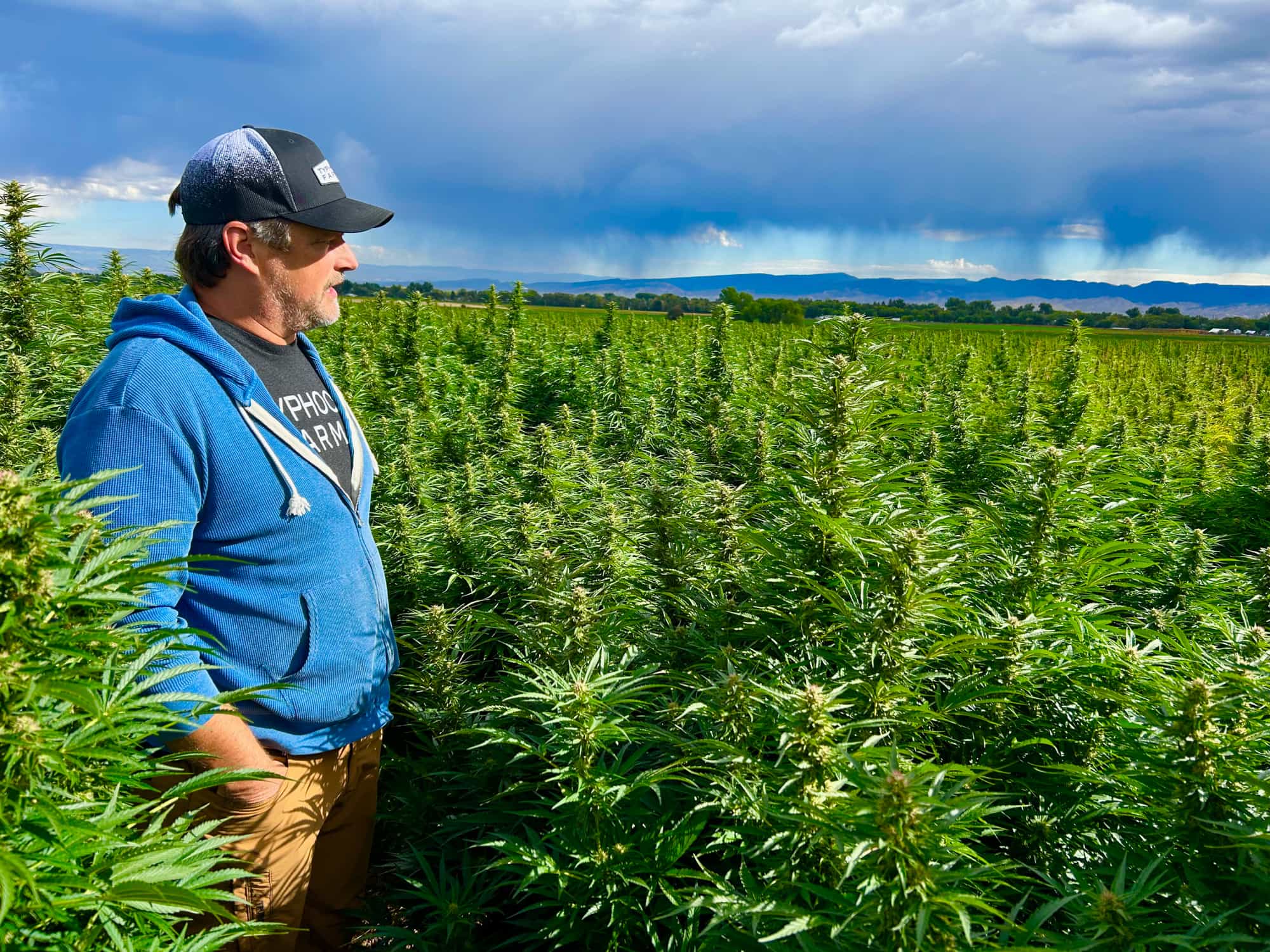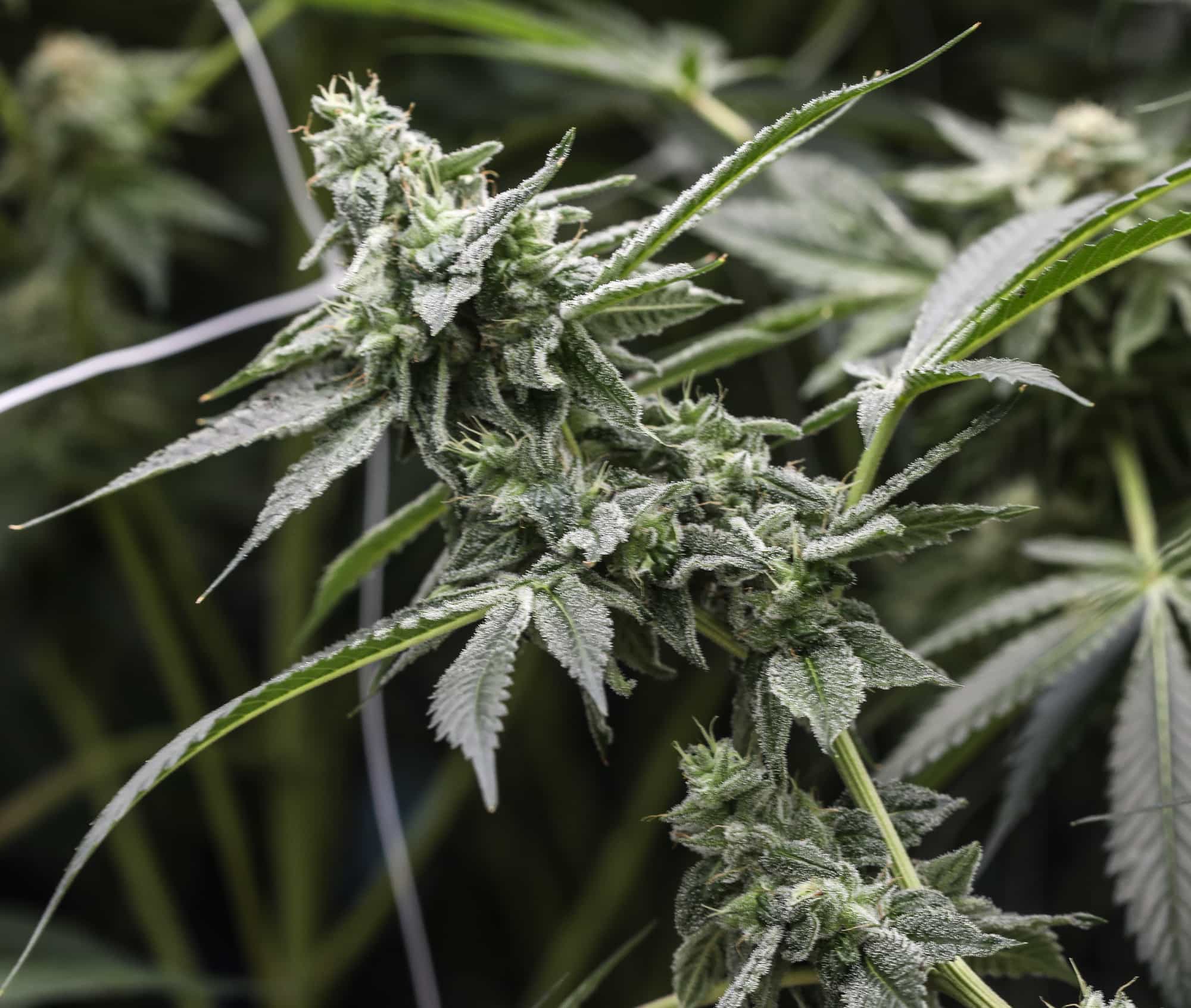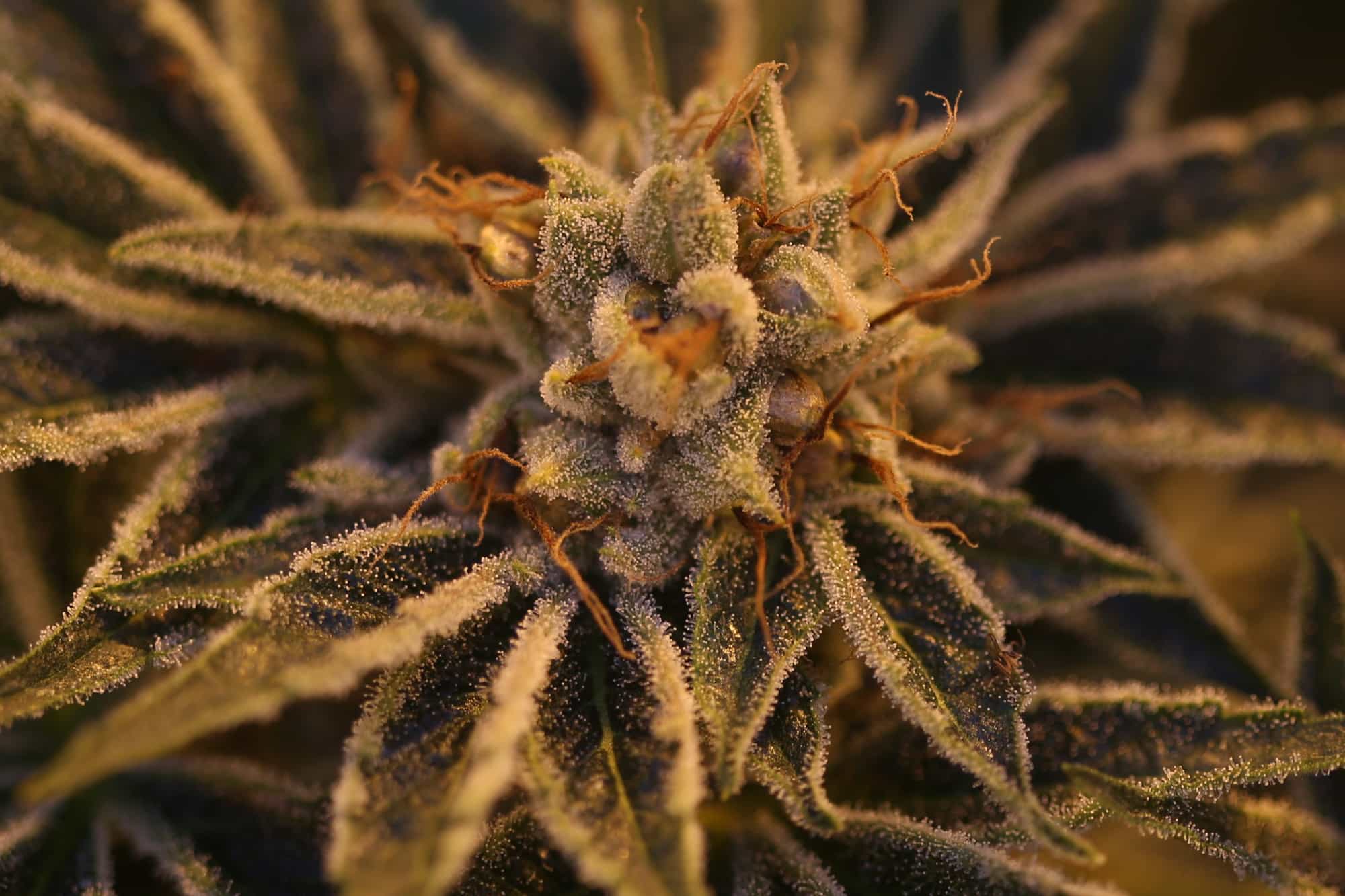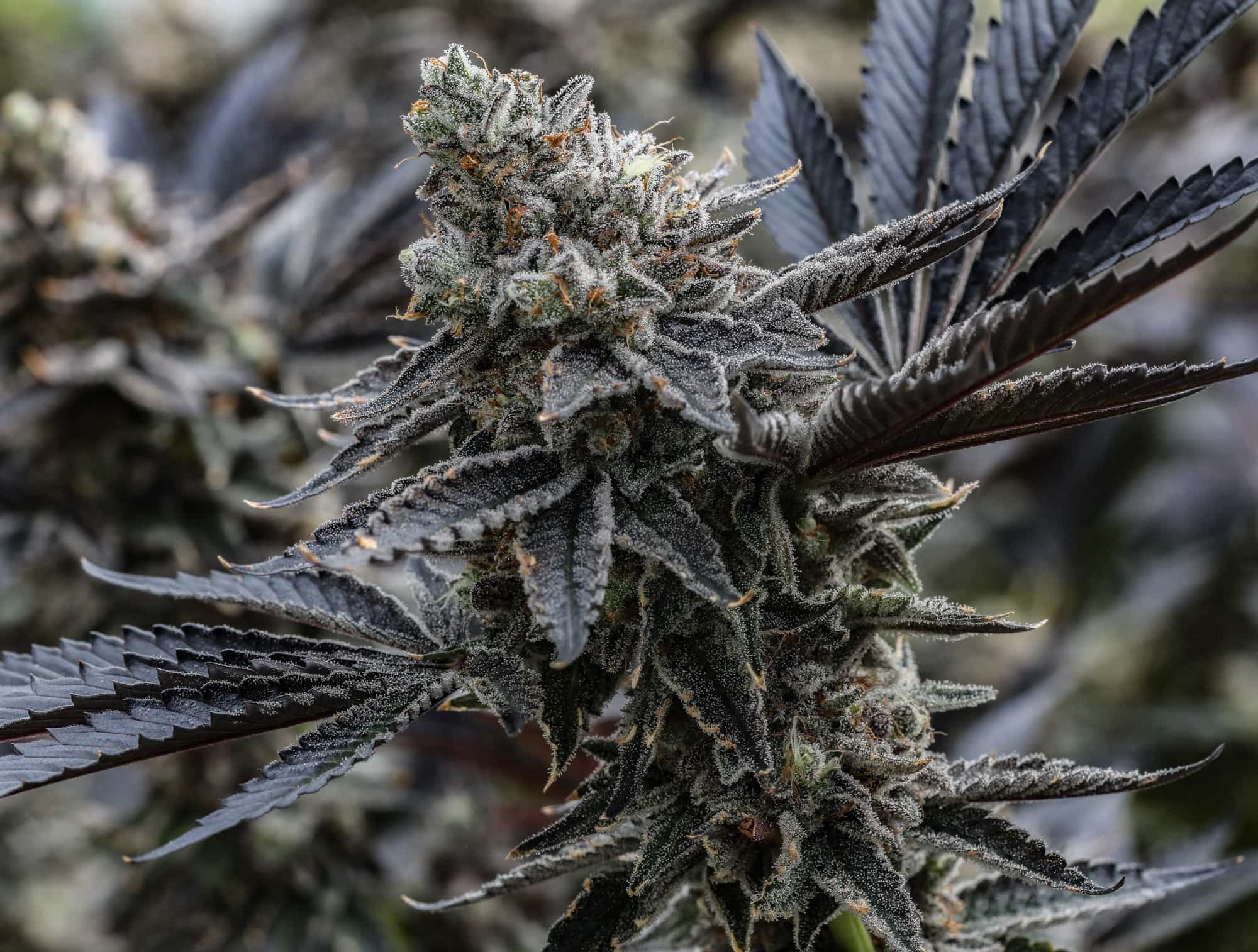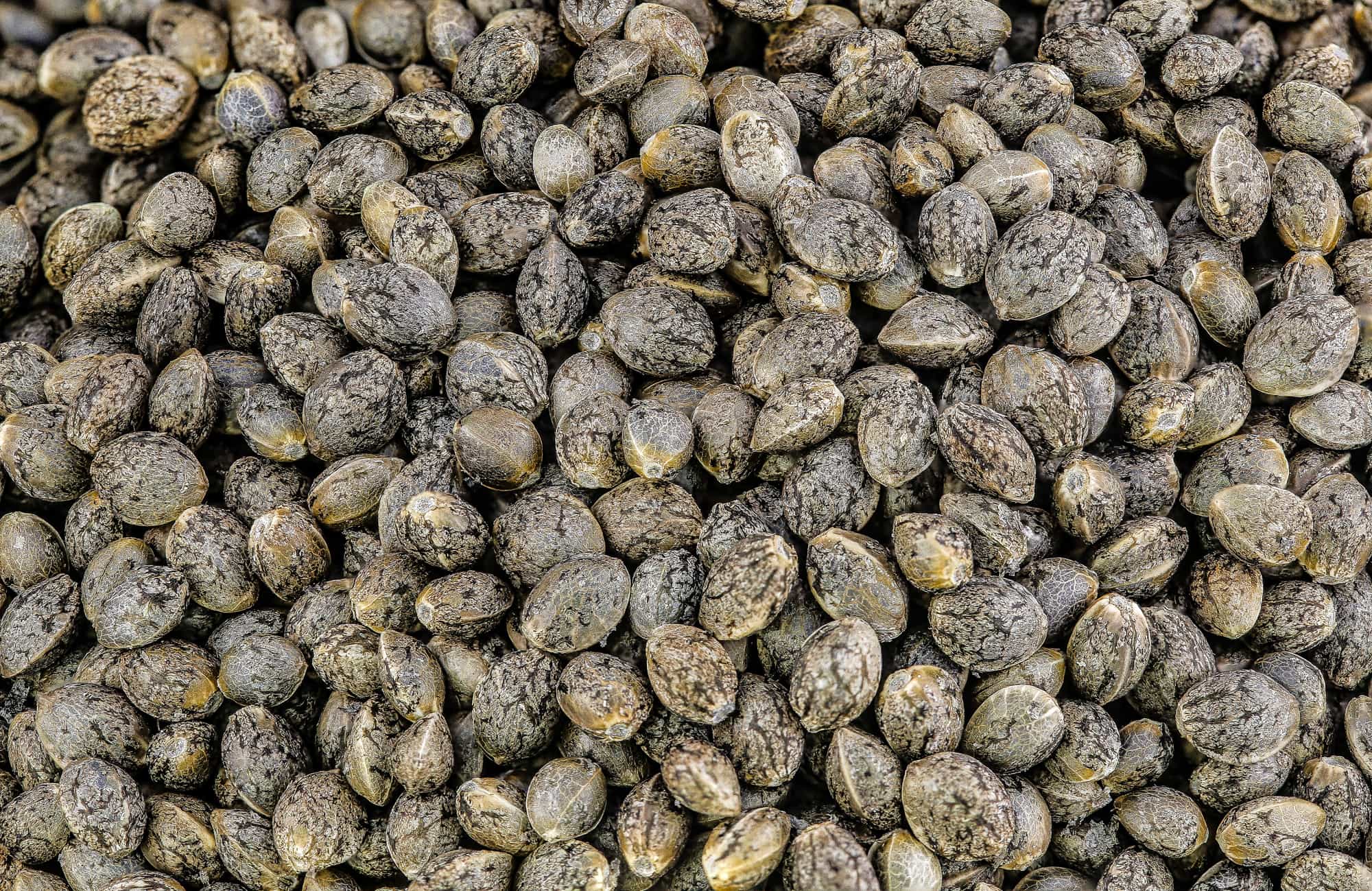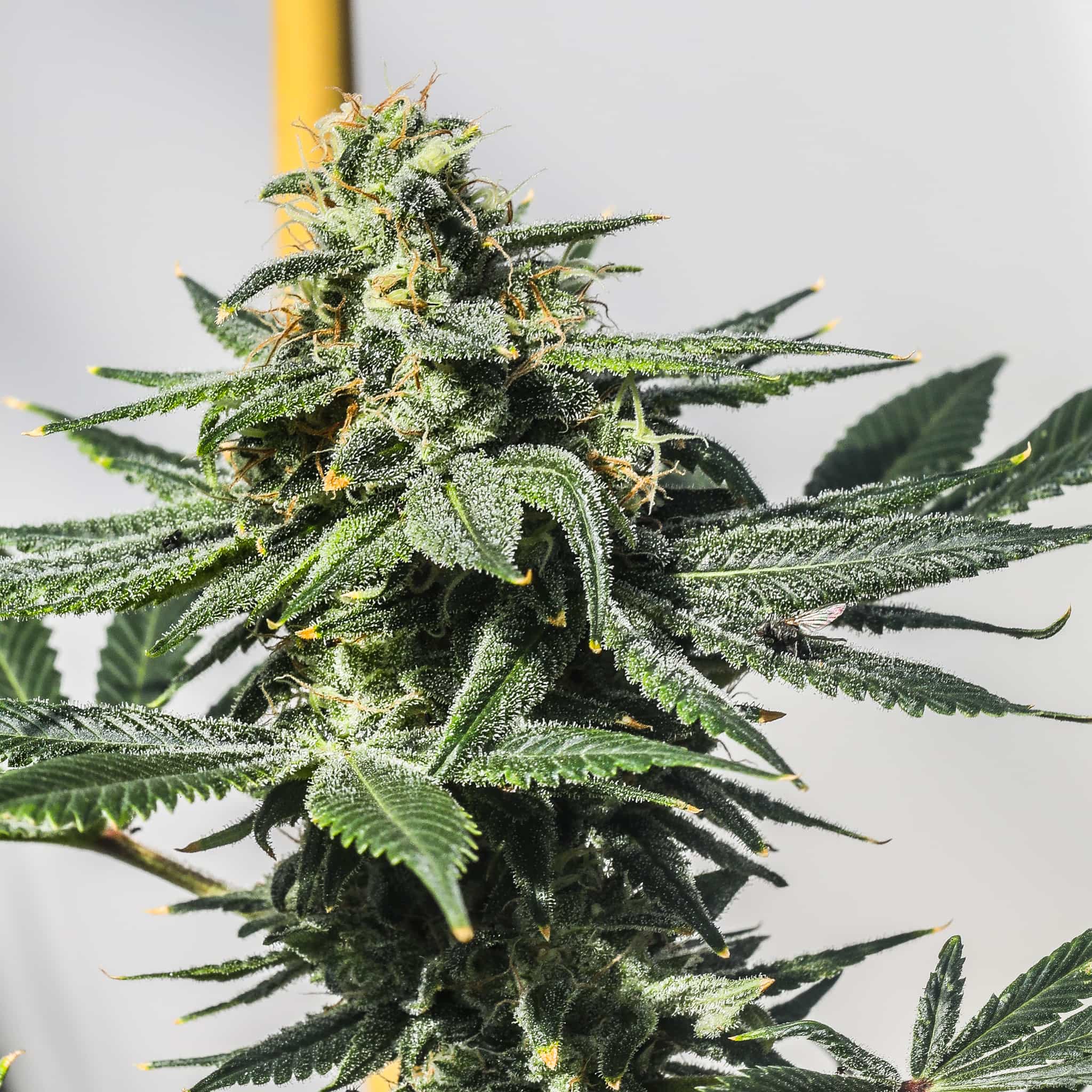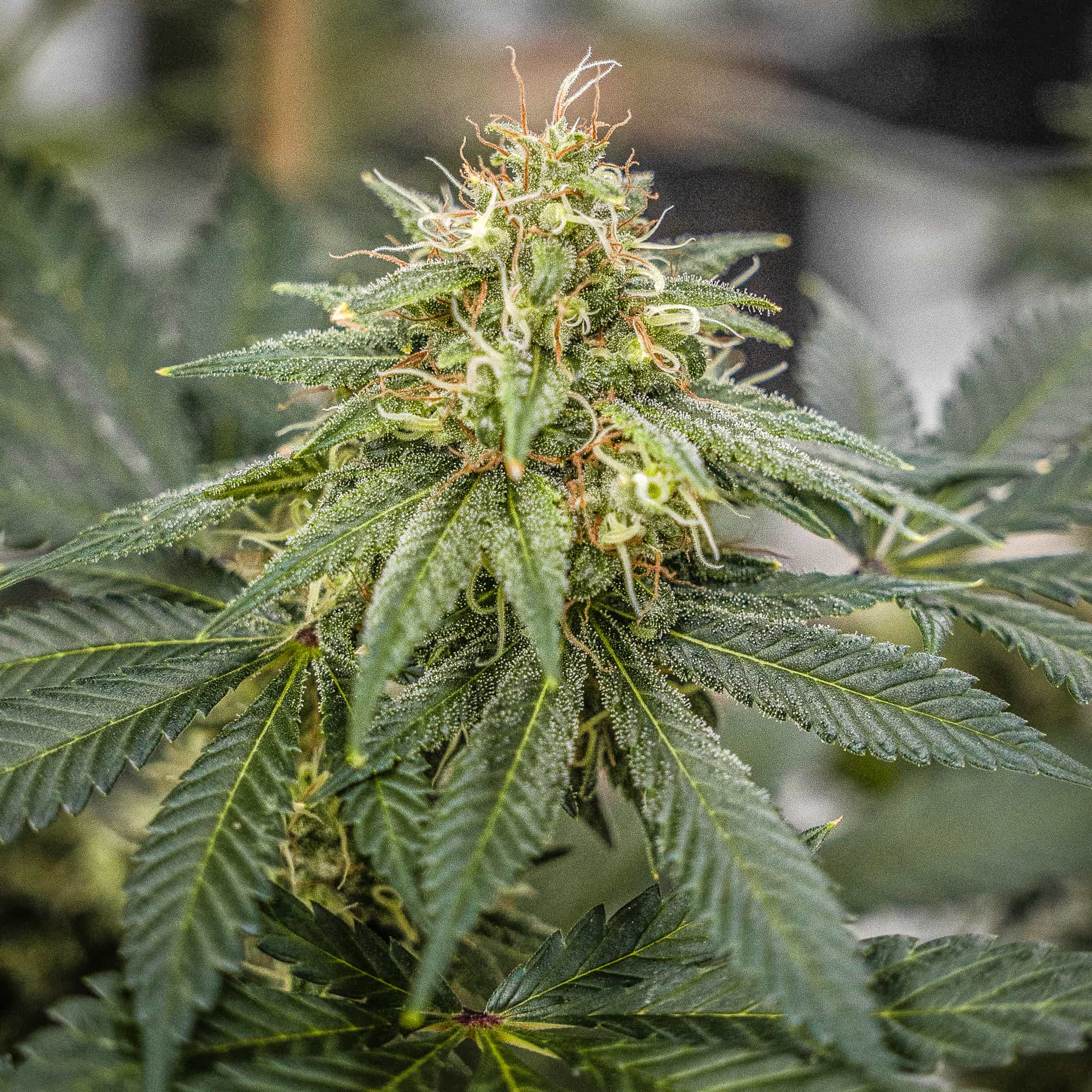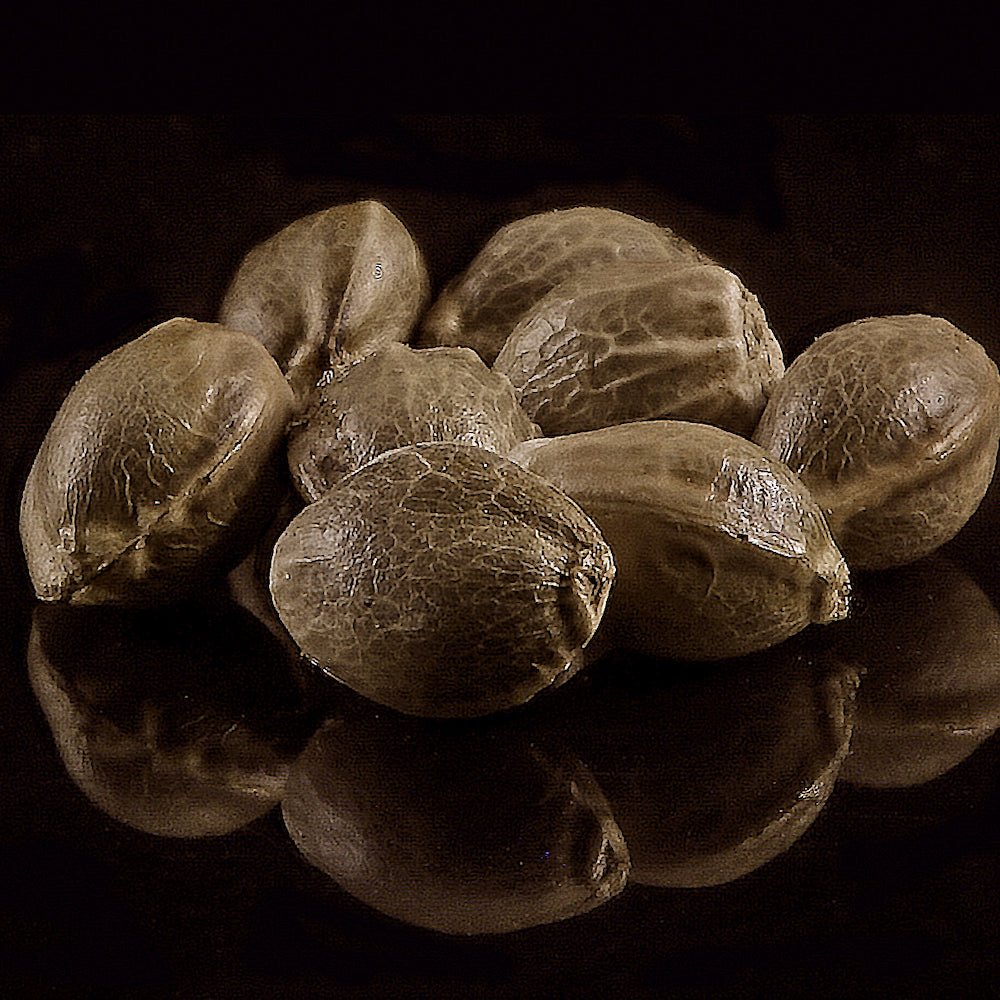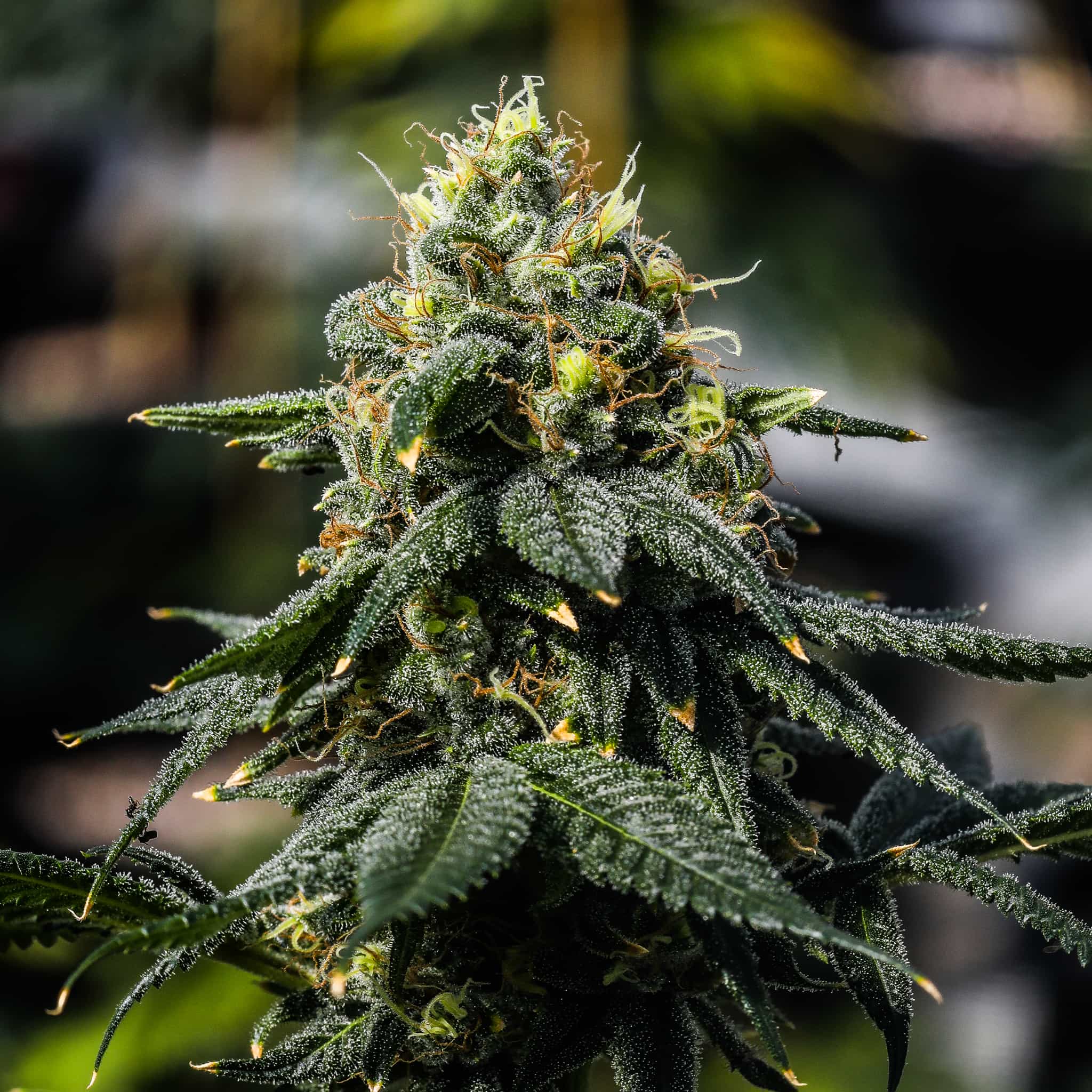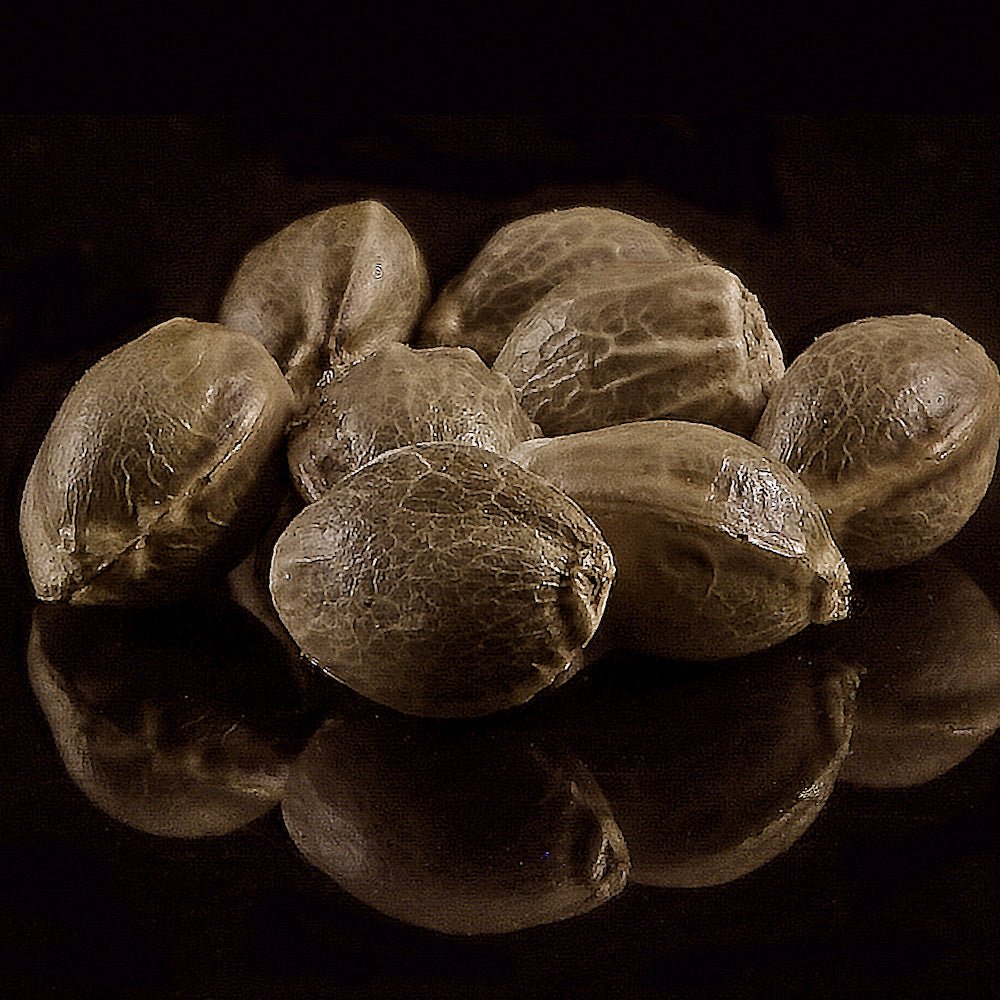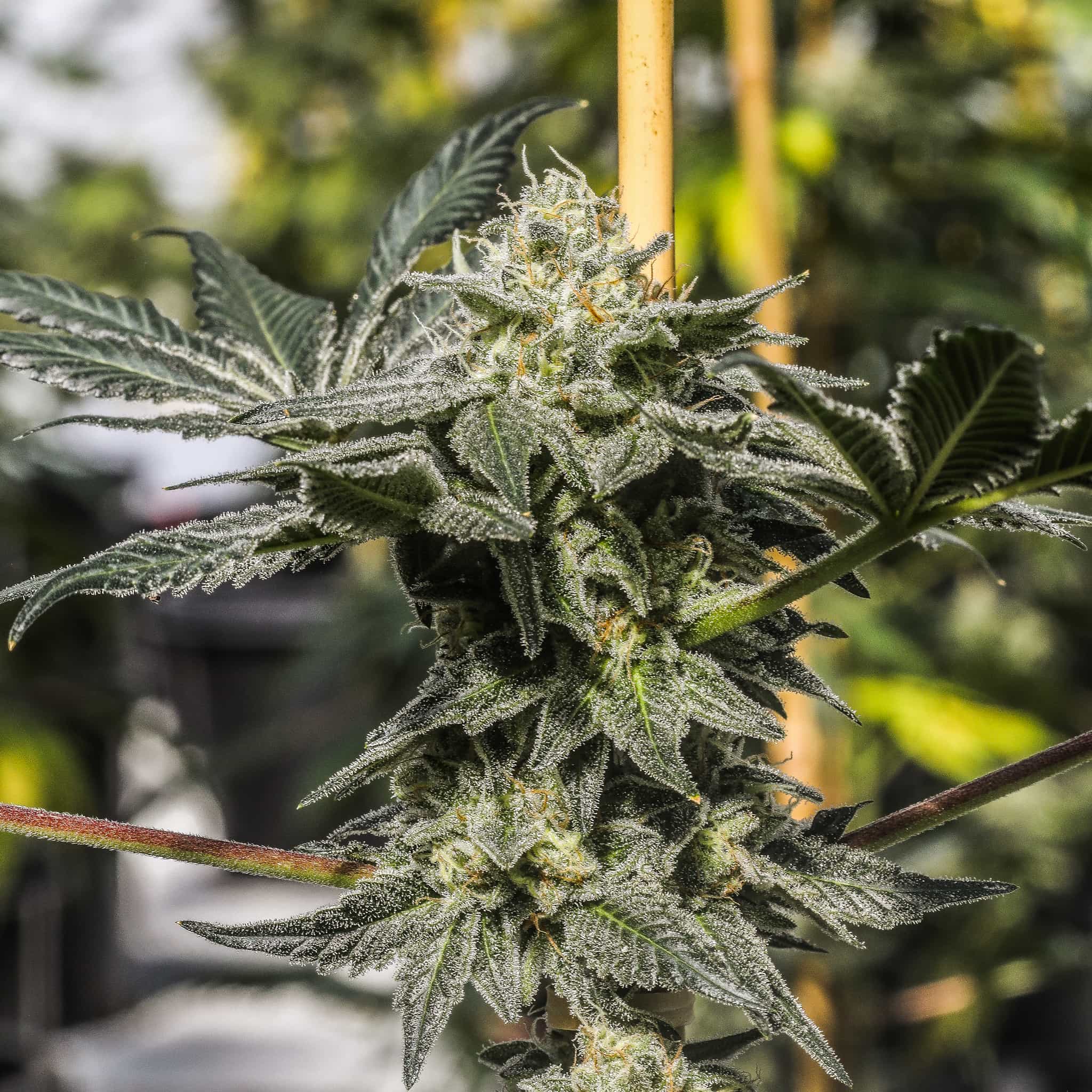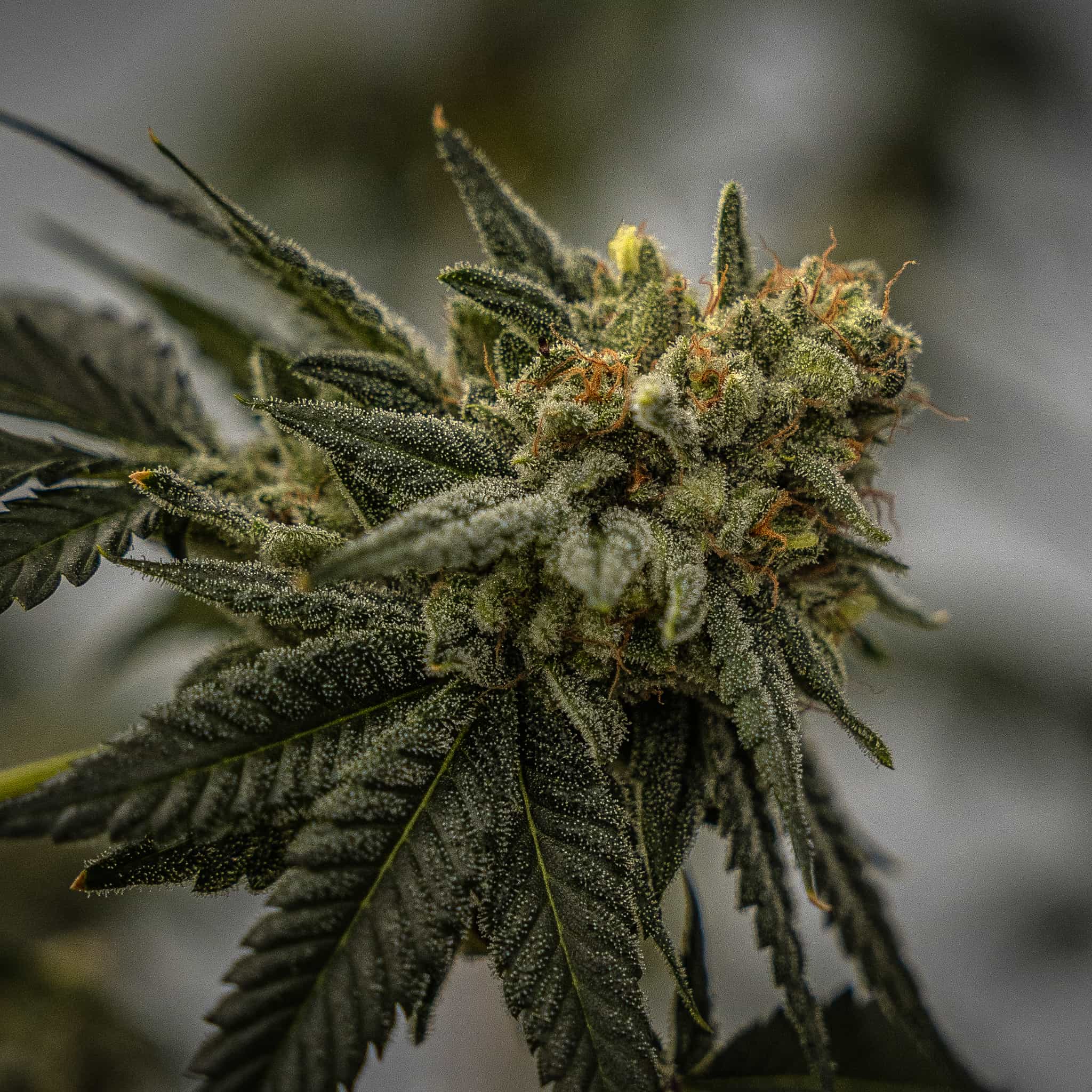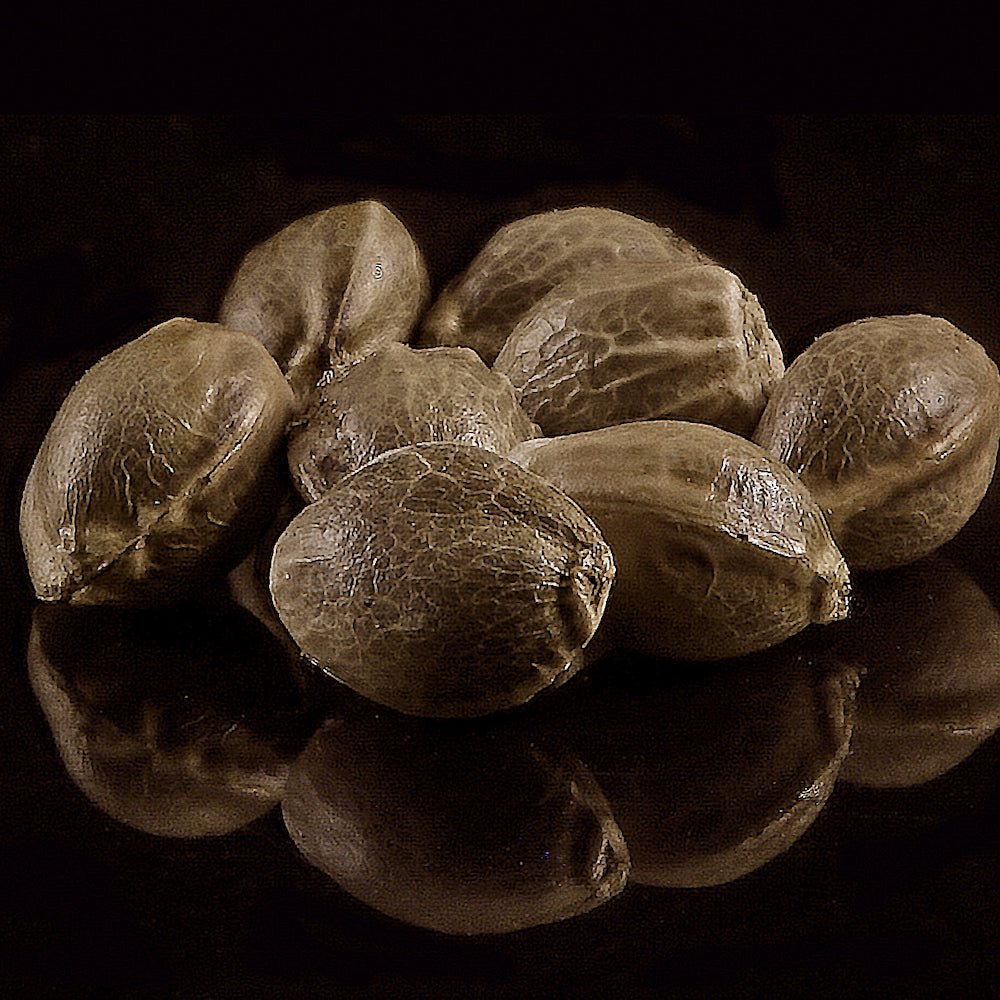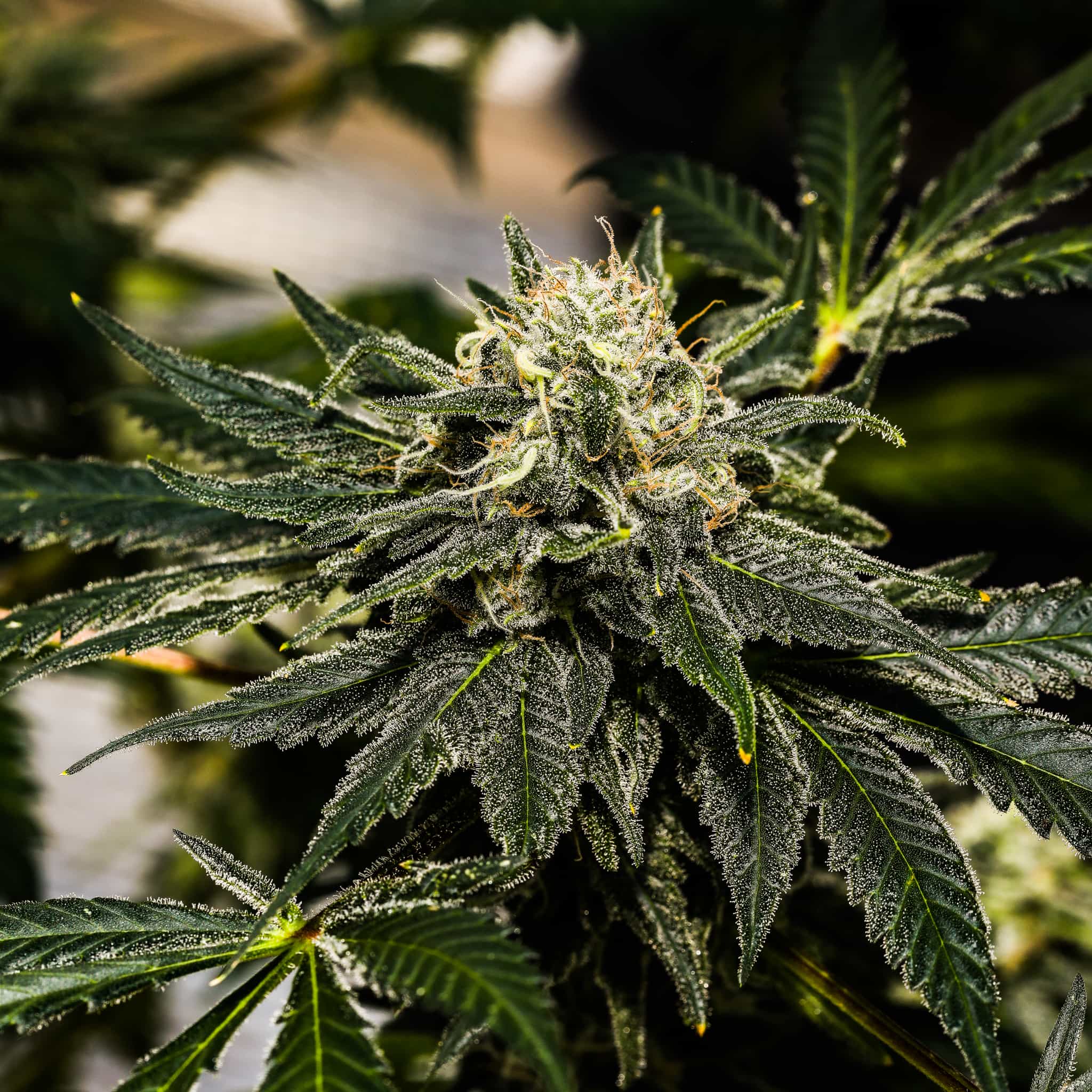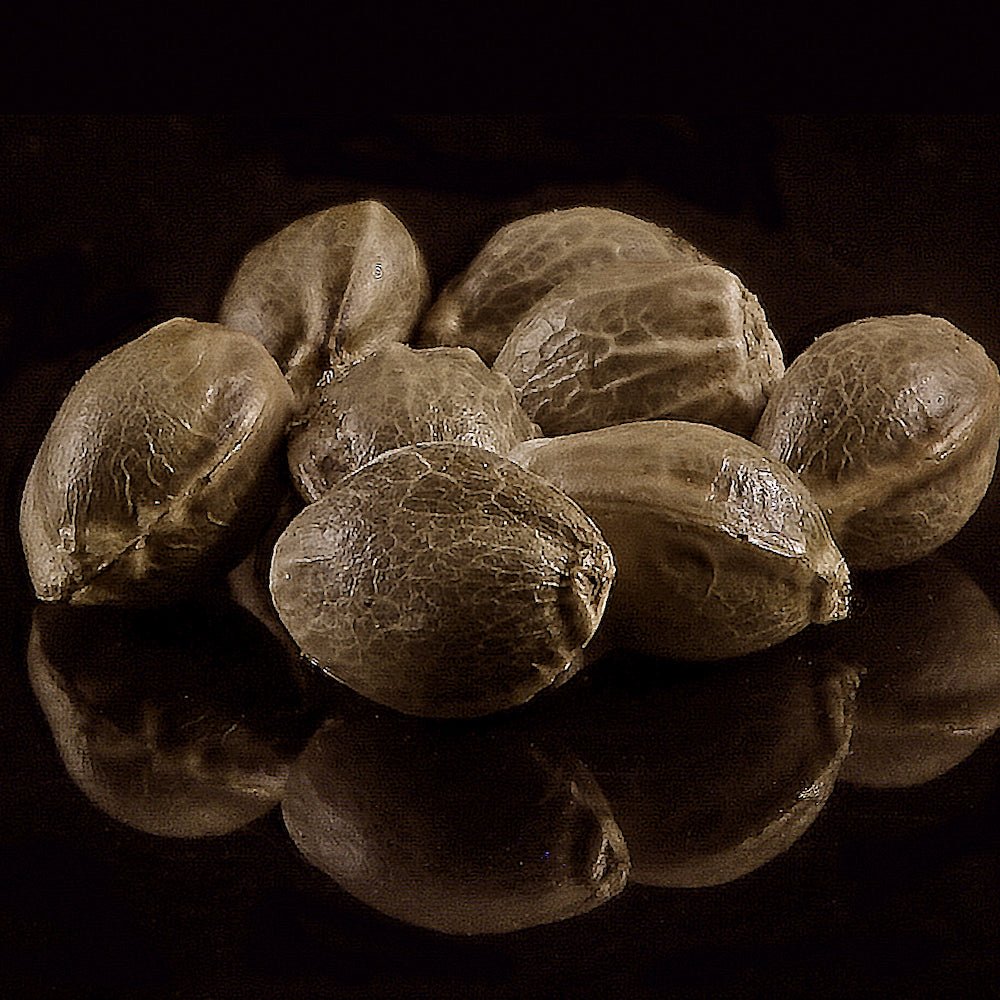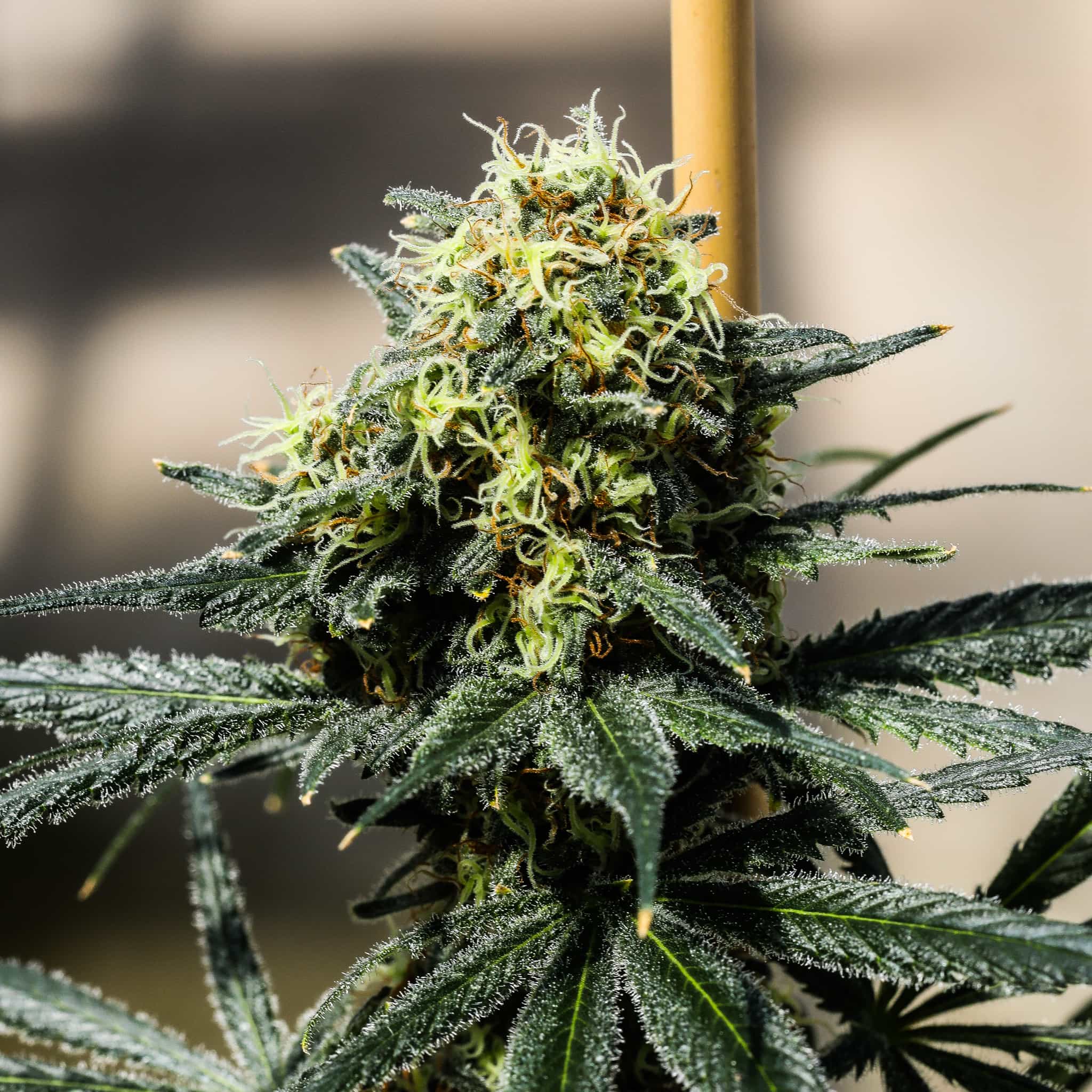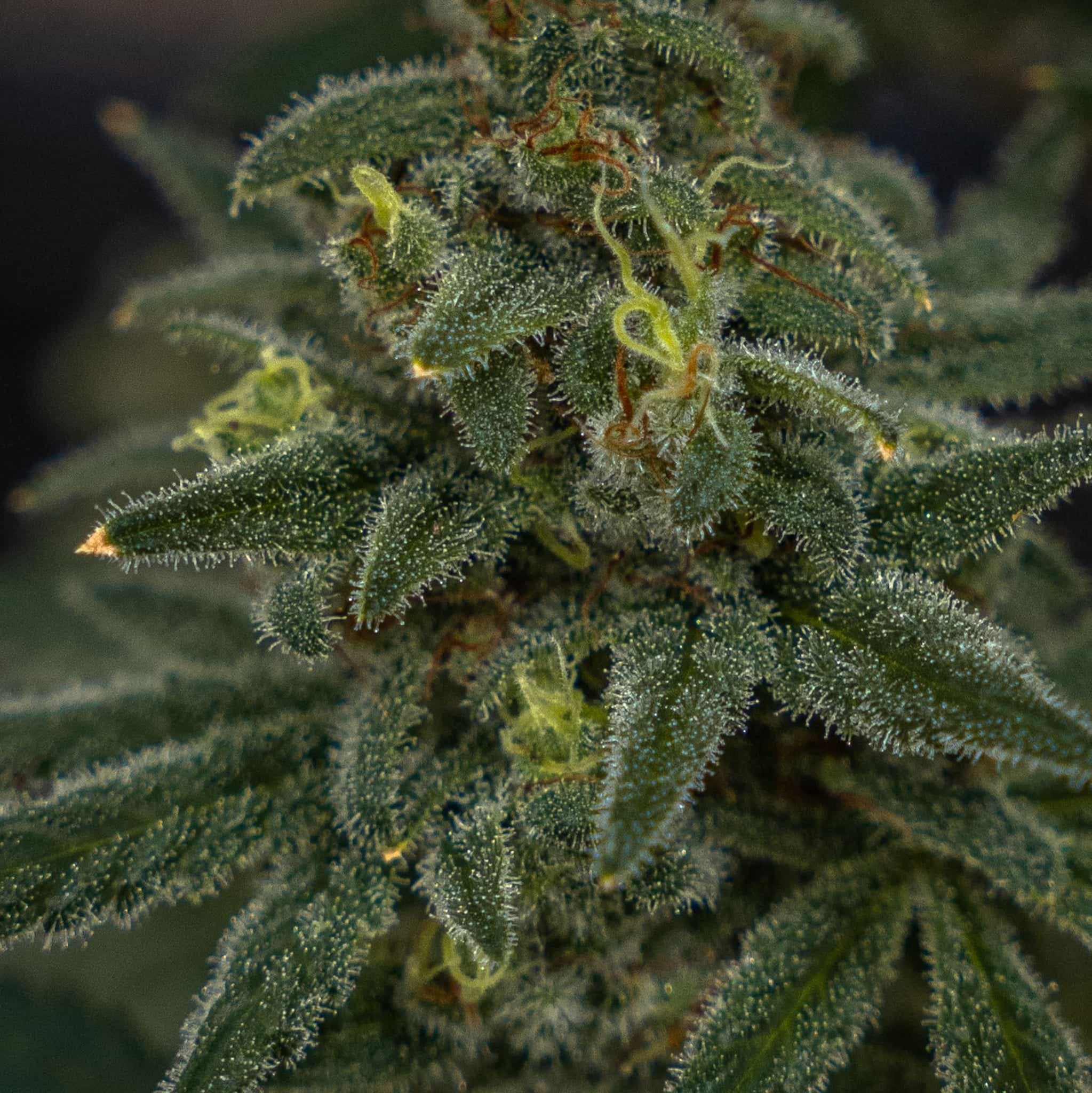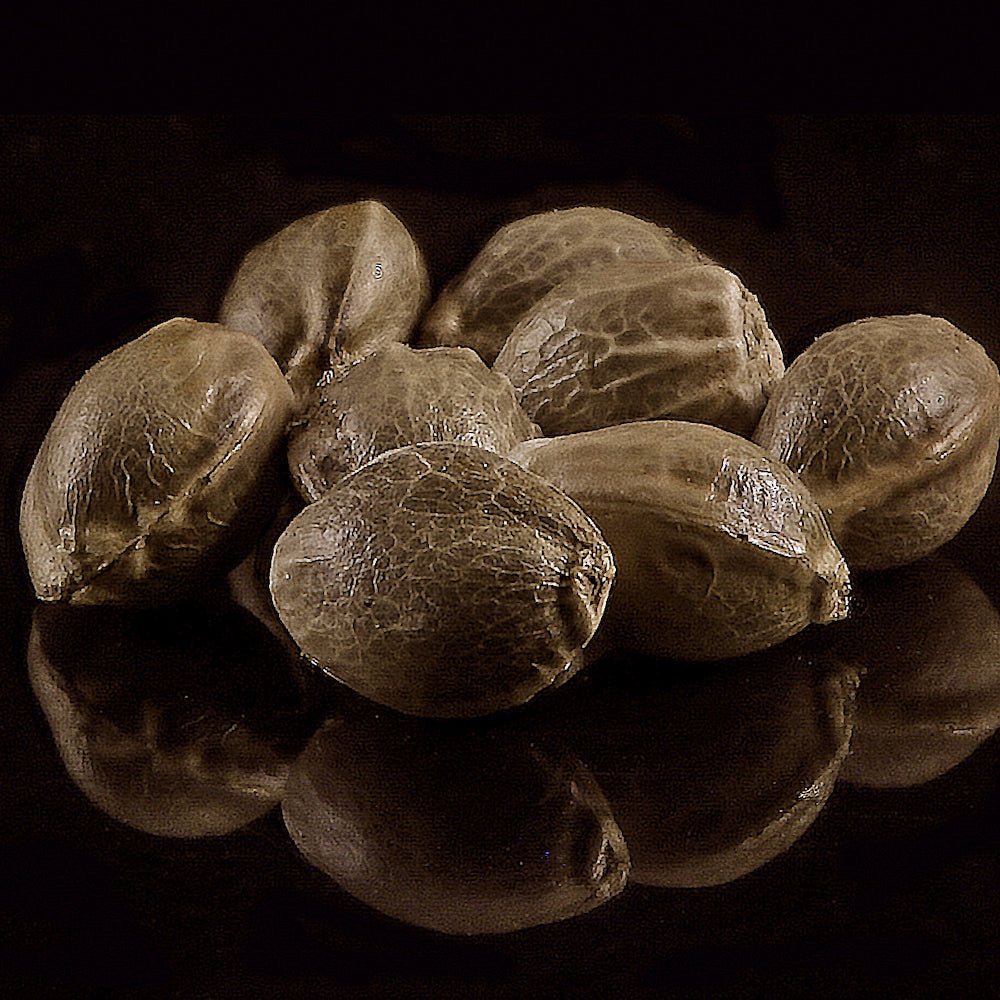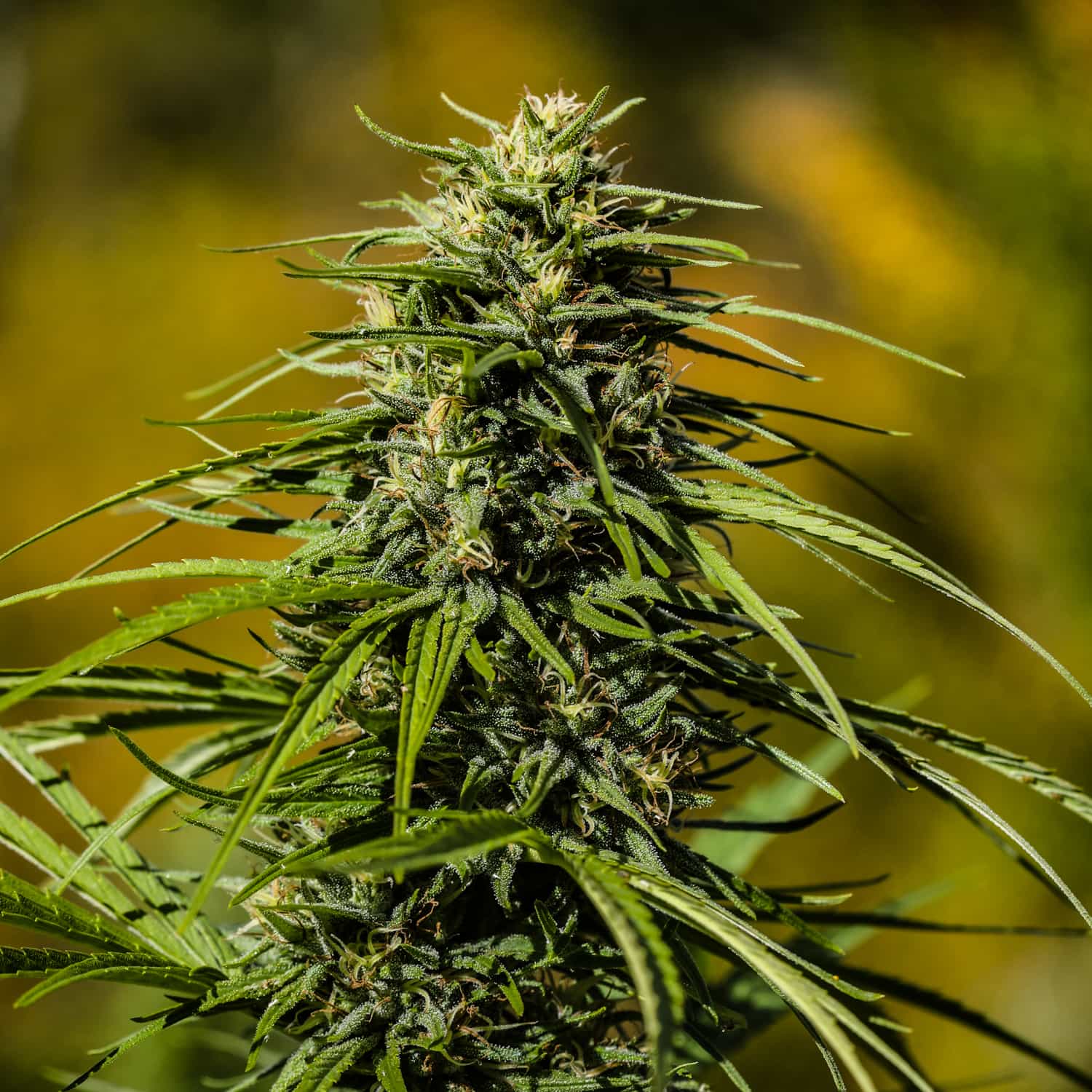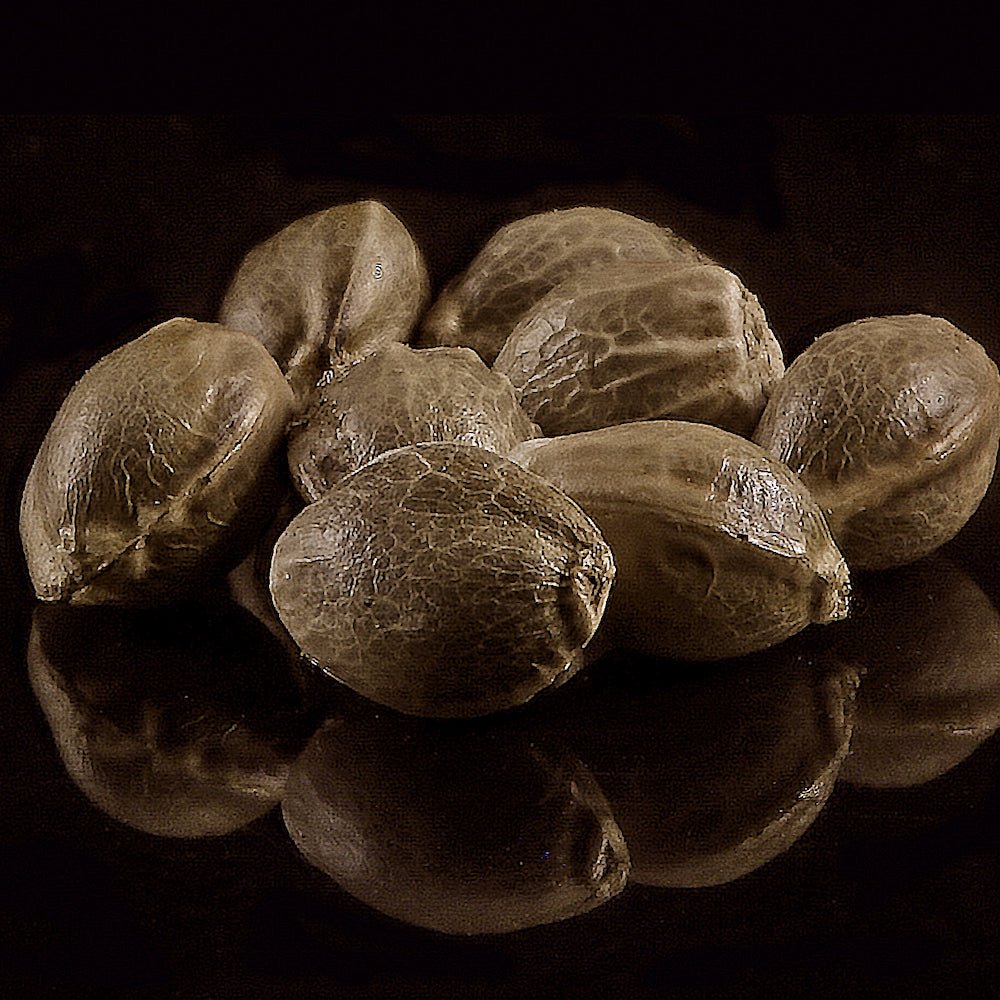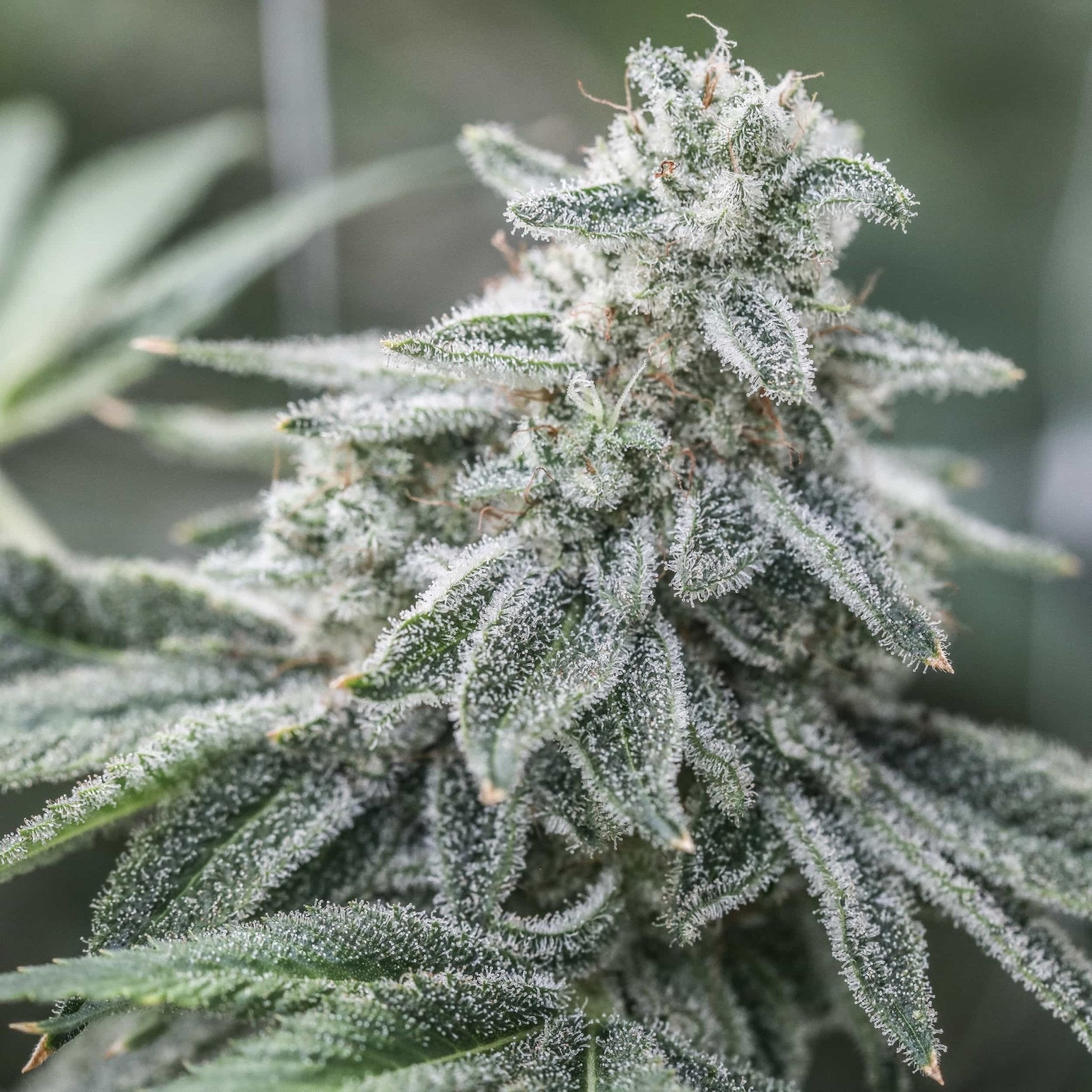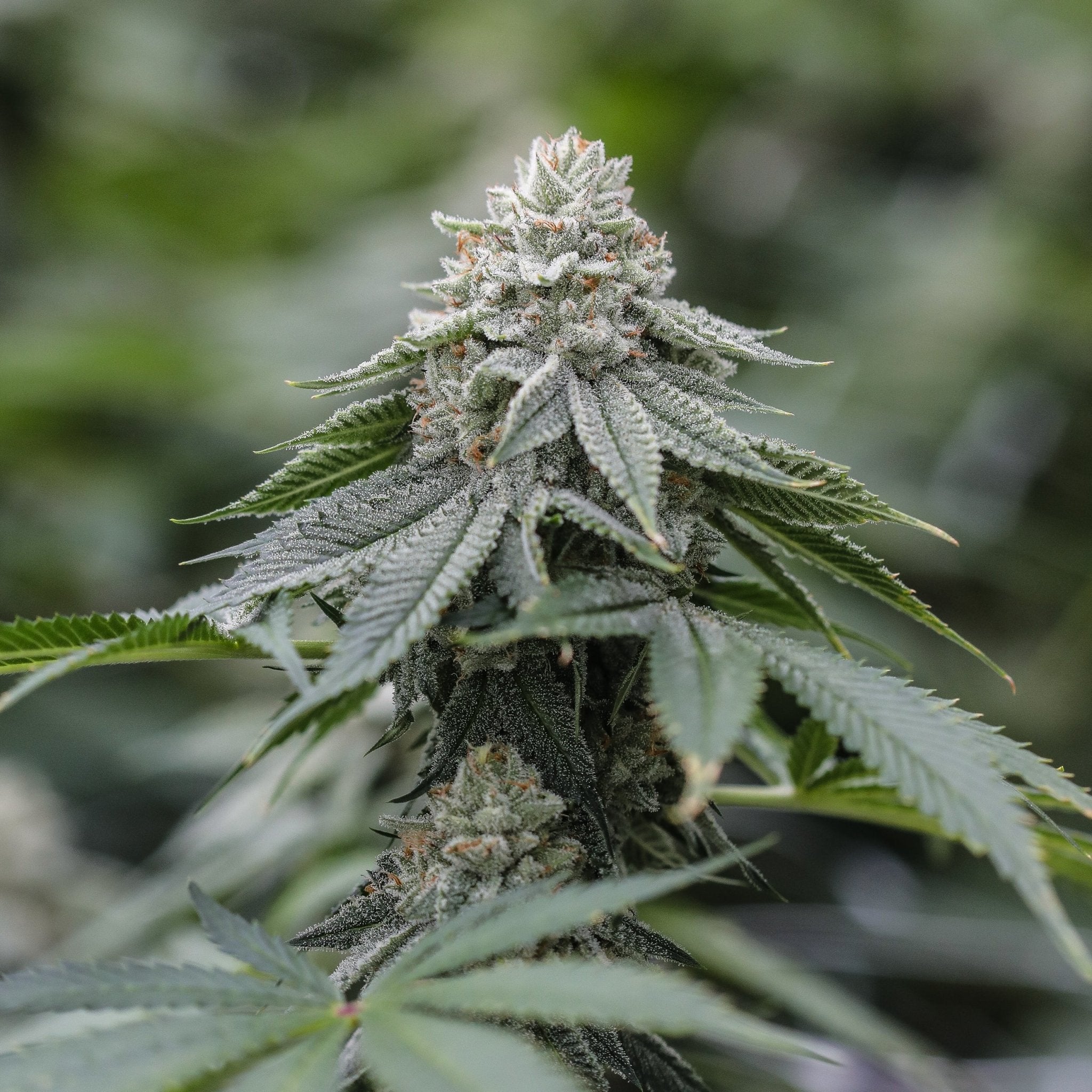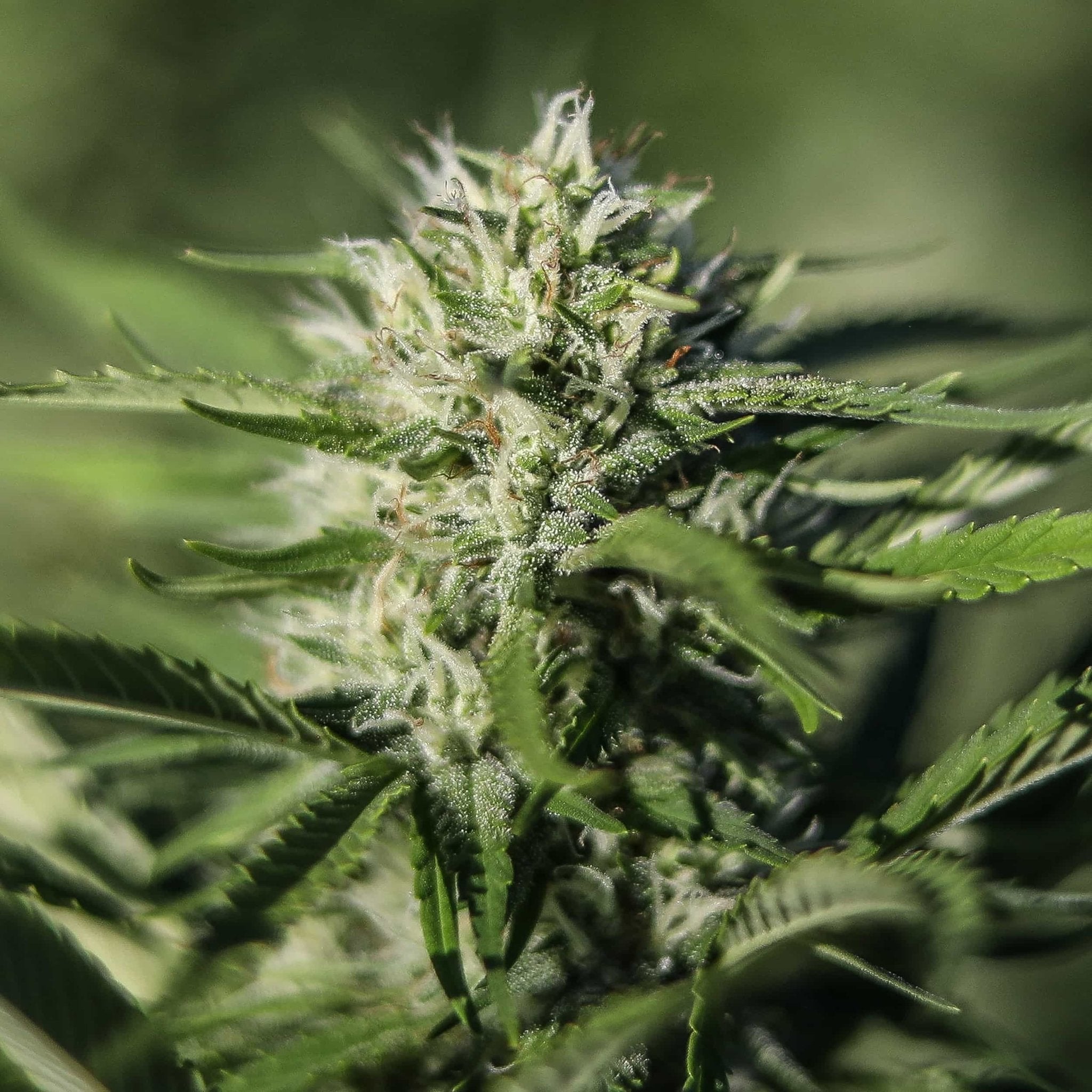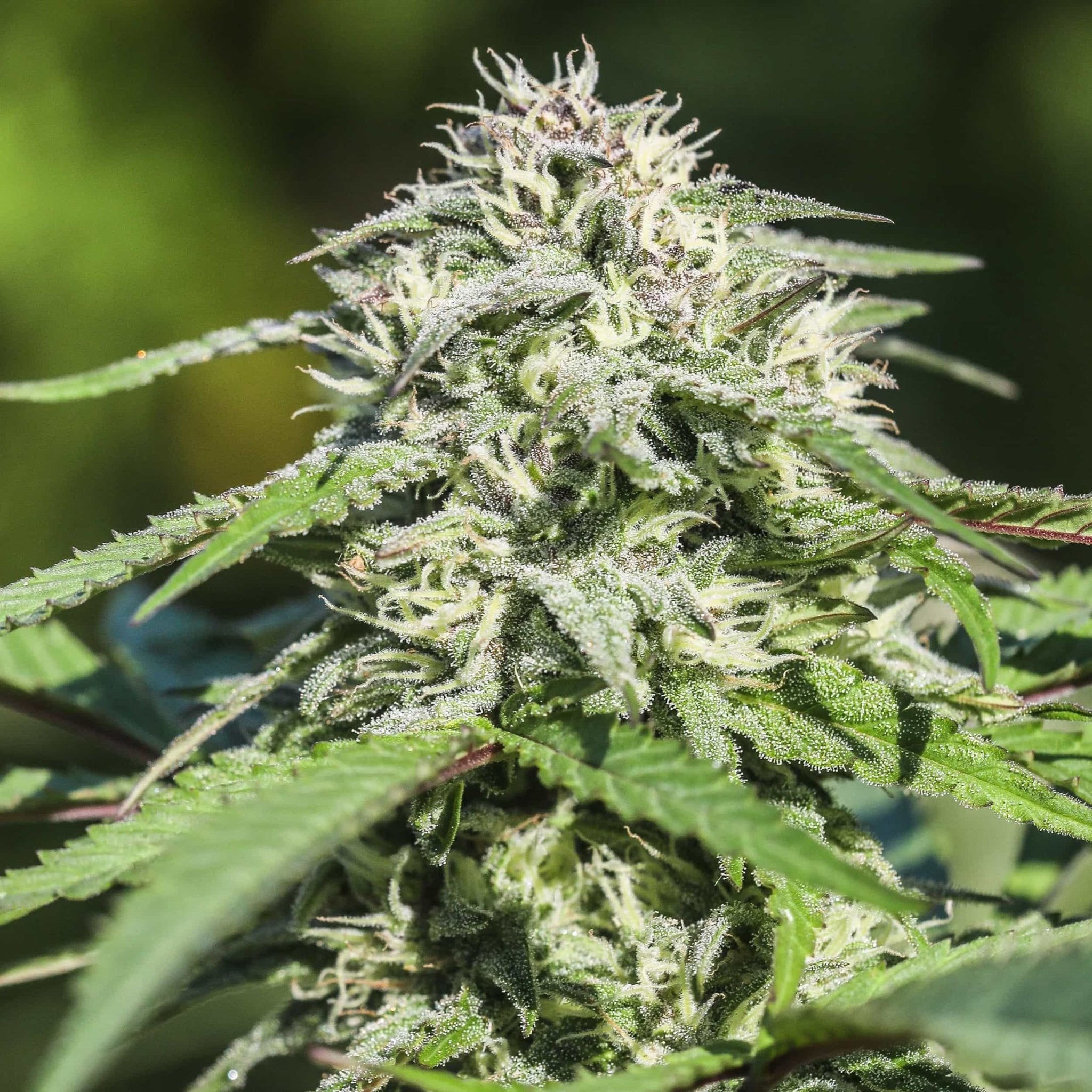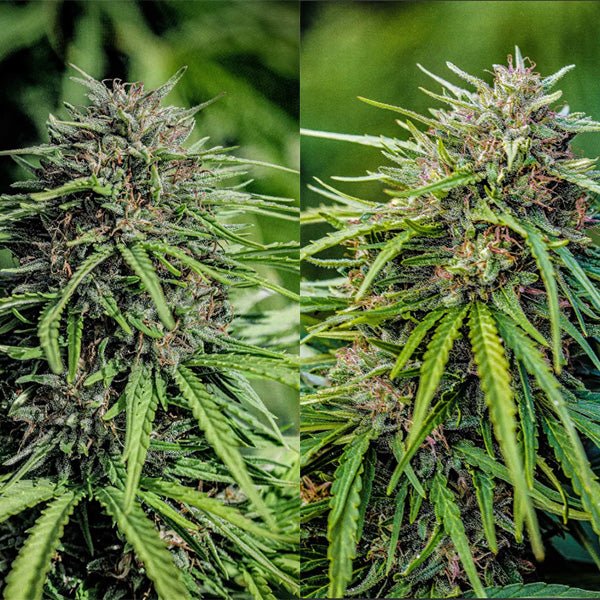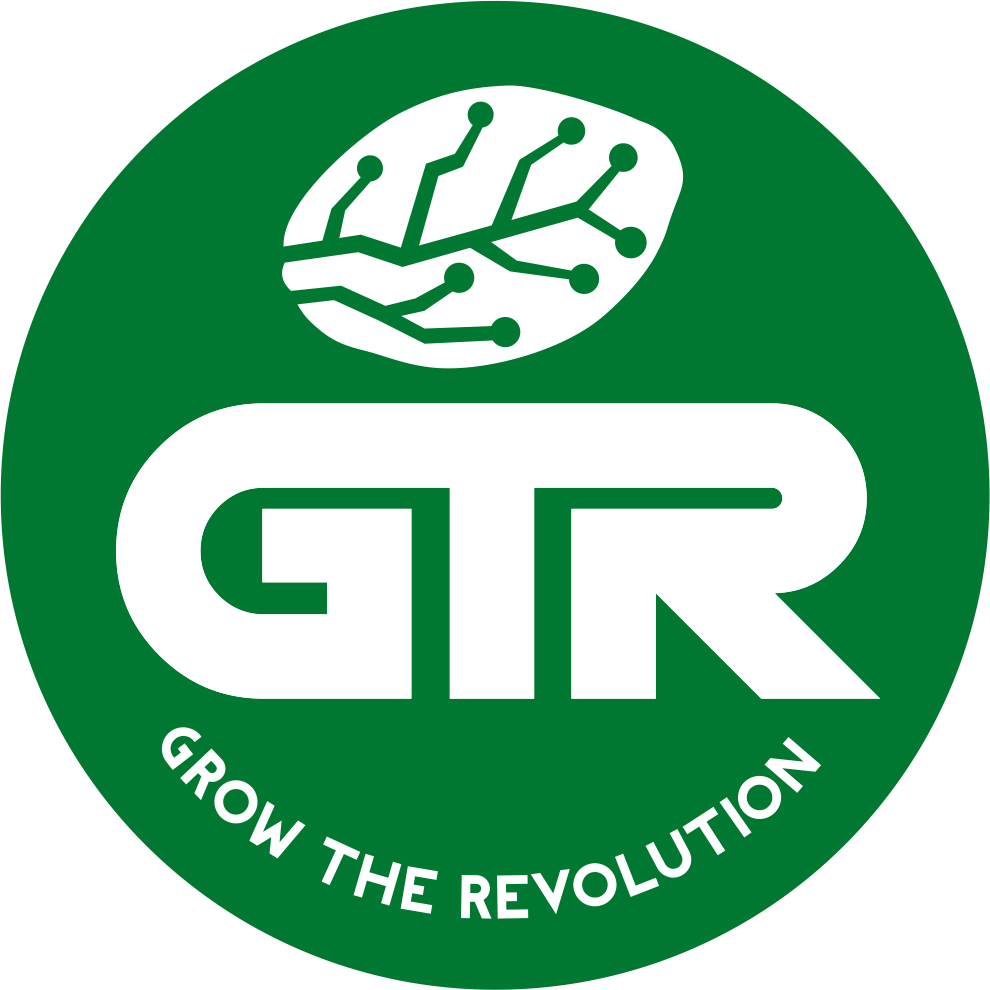With biomass prices back on the rise, folks are coming out of the woodworks to pack their fields again - and seed supplies are limited.
After a decade in the industry, the winners in our lineup for high CBD biomass are clear. With extremely reliable feminization rates, heavy production numbers, and great oil returns - we don't think our list can be beat.
That said you can read on if you plan to shop around - and need to know what to look for. There may not be a lot, but there is still bad seed out there.
Best High CBD Hemp Biomass Seeds
Lifter
In terms of acreage, few varieties have ever covered as much land as Lifter. It grows well from Alabama to Washington State, achieves some of our highest production numbers, and frequently gives extractors CBD crude oil returns between 12-13%. Good growers aim for 4,000 pounds per acre, with many surpassing that. Lifter can grow very large, so be prepared. The ideal harvest window is from October 1st to October 21st, but it can be delayed by later planting dates.
Sour Lifter
A new addition to our lineup, Sour Lifter has shown trimmed flower numbers exceeding 20%. Its structure is slightly smaller and bushier than the original Lifter, making it a great option for mechanical harvesters tired of damaging their machines with big stems. In 2024, we had a grower report 15% oil returns. The ideal harvest window starts about a week earlier for Sour Lifter, making it a good option for farmers looking to field dry before late October rains. Harvest can begin as early as September 21st and go into mid-October, depending on the planting date.
Suver Haze
This old-school favorite is our most mold- and mildew-resistant variety, making it ideal for those growing in wet climates. Over the years, Suver Haze has posted some of the most impressive CBD contents we’ve seen in a plant. While it produces slightly less than both Lifter and Sour Lifter, planted a week or two earlier, the difference is hard to notice. We still hear reports of growers hitting 5,000 pounds per acre in the right climates. Suver Haze is easier to manage than Lifter for mechanical harvests. It matures around the end of September, with most biomass growers harvesting it between October 1st and 21st. Because of its disease resistance, it can be left out the latest.
For bulk cbd seed pricing, please reach out. Our seed supplies for 2025 are already dwindling.
Biomass Planting Guide
Field Planting Date
This plays a major role in the number seeds we recommend per acre. Production numbers don't vary significantly by planting dates when plant counts are raised. Here are our recommendations for our genetics.
- May 21-June 7: 2,000-2,500 plants per acre
- June 8-June 21: 2,500-3,500 plants per acre
- June 22-July 15: 3,500-4,000 plants per acre
- July 16-August 1: 4,000-5,000
- Direct Sow: 10,000 Seeds Per Acre
Harvest Windows
We always recommend leaving plants grown for high-CBD biomass out as long as plant health allows. If diseases such as botrytis set in, it’s time to harvest. There’s always some variation between finishing times, so ensuring that every plant is mature will offer the highest CBD returns. CBD does not degrade into THC the longer plants are left out. Planting dates affect when peak maturity is reached. Field plantings after June 21st will see their maturity pushed back by the number of days after the 21st they are planted, to account for seedlings reaching sexual maturity before flowering.
- Sour Lifter: September 21-October 14
- Lifter: October 1-October 21
- Suver Haze: October 1-October 31
Still Shopping Around?
Here are some factors new growers should question breeders about before committing to a large purchase. And don’t forget to do your due diligence—ask around, and don’t just take a breeder’s word for it. Make sure you talk to an unbiased third party who has grown the seeds before.
What To Look For In High CBD Biomass Hemp Seeds
Big Plant Production Numbers
Scale growers who use the transplant model generally aim for between 1-2 pounds of homogenized biomass per plant, depending on planting date and field conditions. Earlier season plants lead to bigger plants with more material and bigger spacing, while later plantings generally increase density. All aim for overall yields above 3,000 pounds of biomass per acre to make it lucrative.
High CBD Content
It’s one thing to yield 5,000 pounds of material per acre with cheap autoflower seeds planted at 20,000 seeds per acre, but the 4% CBD material that comes from these plants just doesn’t sell to labs. Choose genetics that yield 10% CBD biomass or more, as this is the sweet spot for extractors. We’ve heard labs offer nearly 30% more for material testing at 10% CBD over material testing at 9.5%. Extractions work exponentially better with higher-testing material, and growers get a better payout.
Reliable Feminized Seeds
This should be a no-brainer by now, but there are still some breeders growing large populations of cheap, non-feminized seeds. While it’s possible to achieve large yields per acre, most of the result will be seeds. Not only are cannabinoid contents drastically lower in seeded plants, but extractors also hate running heavily seeded material. This is an area where seed buyers need to do their research—because not all “feminized” seeds are truly feminized. If a breeder offers seeds with less than 99.97% feminization, don’t take them. For example, with our genetics, we generally see around one phenotypically male plant per 4,000.
Reliable Germination Rates
This should be another no-brainer. Seeds that don’t sprout shouldn’t be planted, but after the glut of seed production in 2019 and 2020, there are still plenty of old seeds out there that may not have been properly cared for. Before purchasing a large lot from an unknown supplier, do your homework. Over the years, hundreds—if not thousands—of growers have been burned by seeds that didn’t germinate.
High Flower to Leaf Ratio
Often overlooked, plants that produce tons of leaves within and around their flowers tend to offer lower CBD crude oil returns. For example, our Sour Space Candy variety is our biggest producer, with CBD content in flowers frequently hitting above 16%. However, due to its large amount of leaf, oil returns are often below 10%. The more leaf, the lower the oil returns per pound—and the lower the payout.
Don't Grow Autoflower Seeds
Over the years, autoflowers have been the unicorn of the hemp industry. In theory, throwing out 20,000 seeds per acre is a great concept for getting good yields, but there are a few major flaws that make day-neutral plants unsuitable for serious biomass producers. Want to dive deeper into autoflowers? Read up here.
- Autoflowers are highly sensitive plants that will flower at the first signs of stress, regardless of how old the plant is. While in smaller scale operations it can be possible to control all the variables that cause plant stress, large scale growers simply cannot ensure they won't end up with large swaths of their fields covered in plants only inches tall. Huge fields can be huge losses.
-
Seed production costs for reliably feminized seeds far exceed what growers can afford to pay a breeder. For bottom-of-the-barrel, bare-bones breeding operations, $0.10 per seed is a good starting point. A grower would need to pay $2,000 in seeds per acre—a number no farmer is willing to pay in this day and age. Our scale growers currently pay around $500 per acre for premium, high-output photoperiod seeds that produce 5-10 times more material per plant. Not to mention, with yields between 1-4 ounces per plant and low CBD content material, the net value of each plant is extremely low after seed costs. Sure, some have produced large volumes of autoflower seeds outdoors, but these seeds are generally very unreliable—especially when it comes to decent content material.
-
Autoflowers produce lower content than photoperiod plants—even in trimmed flowers. Plants also commonly have a low flower-to-leaf ratio, which further reduces oil returns. Worst of all, autoflowers are extremely difficult to inspect for hermaphrodites—let alone in a population of 20,000 seeds per acre. This means virtually every autoflower field is seeded, resulting in even lower content. We generally hear of biomass percentages between 4-6% in autoflower fields, with oil returns even lower. As mentioned earlier, labs are not interested in low-content material.
Shop All Bulk High CBD Seeds ->


